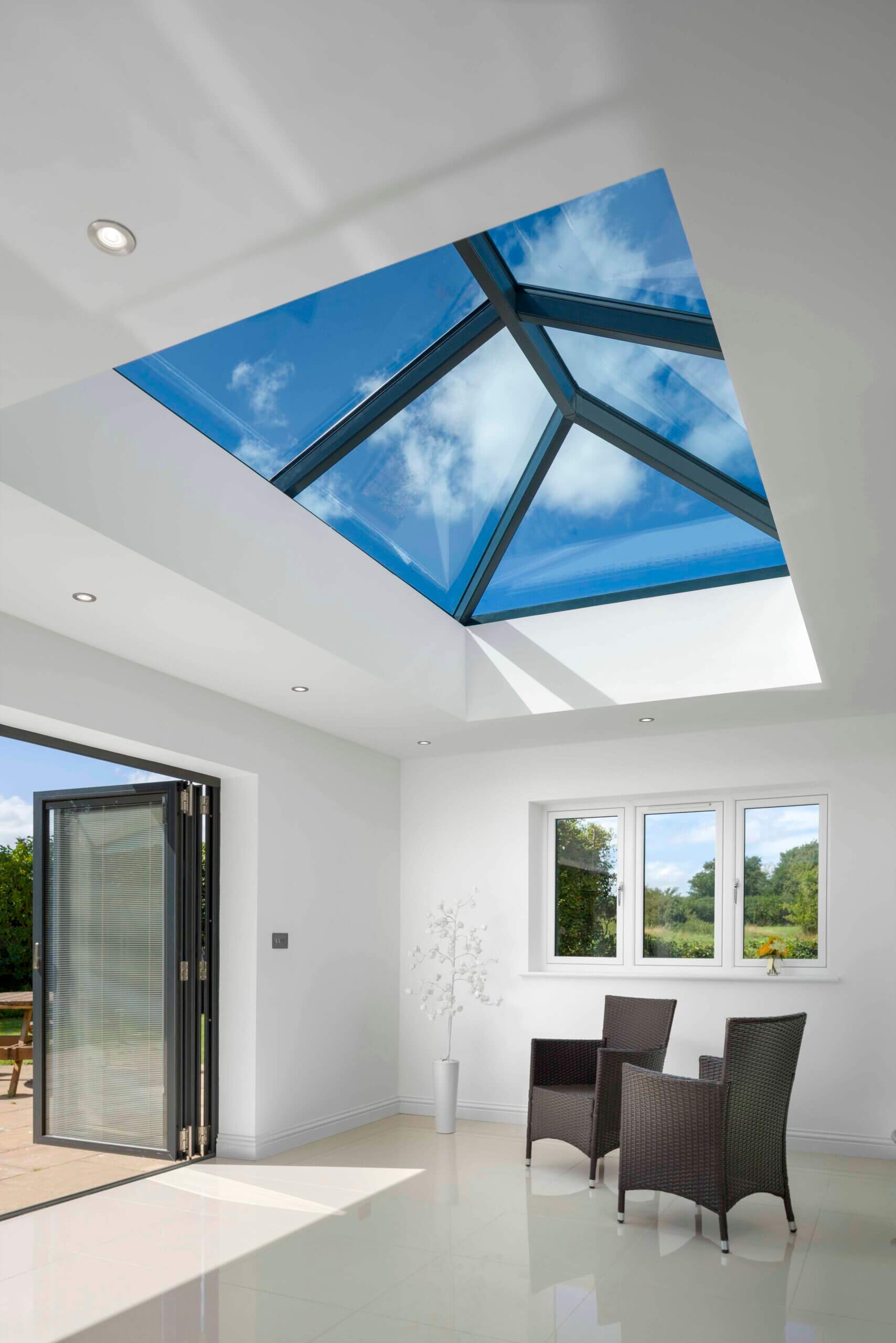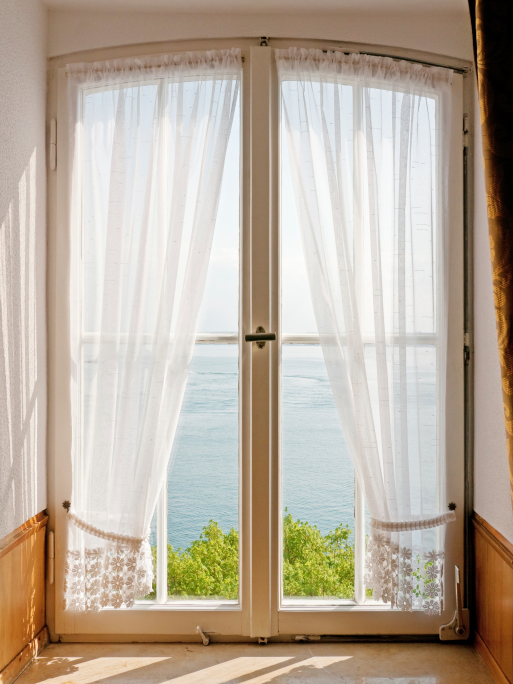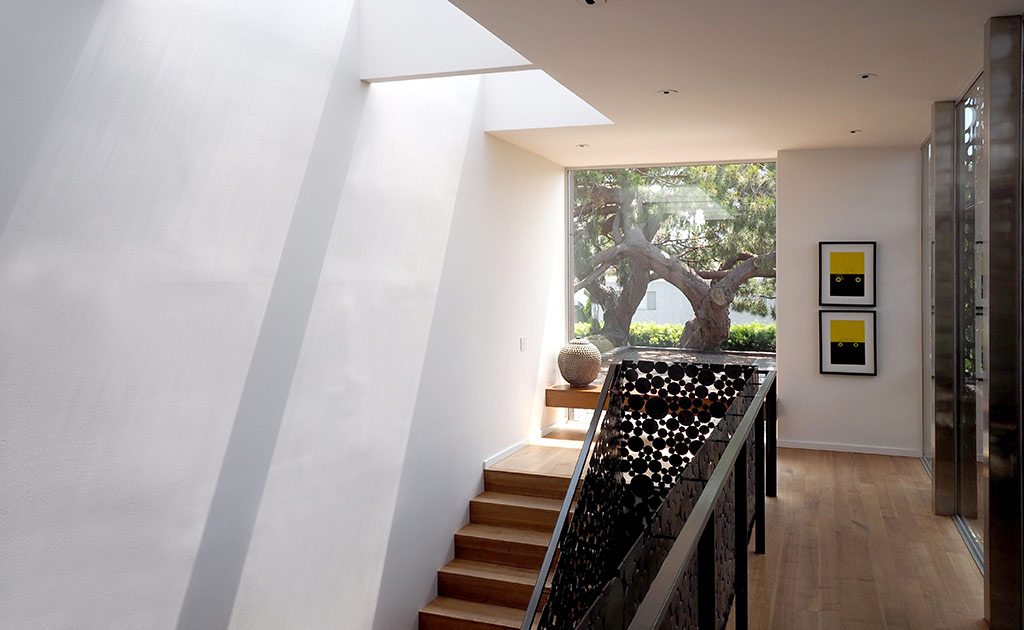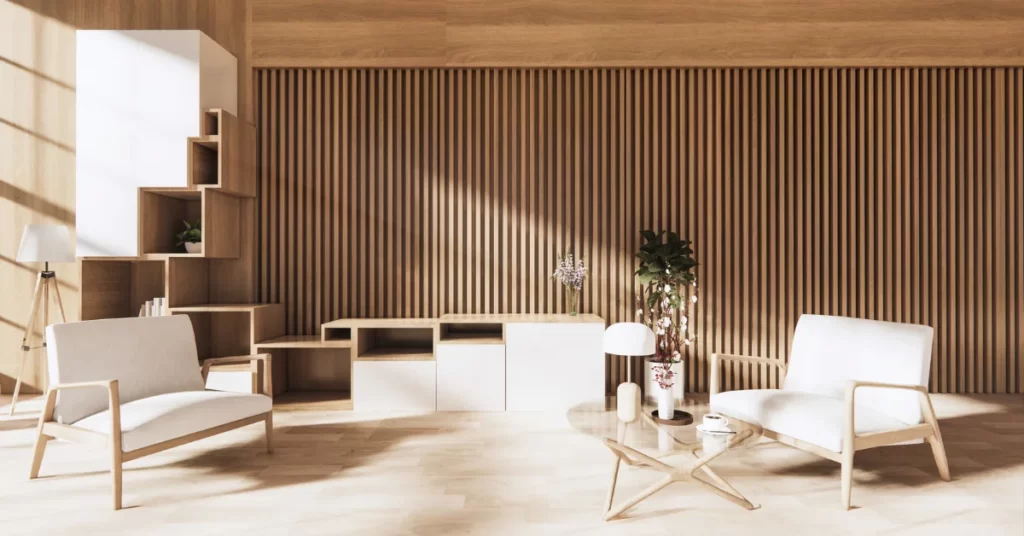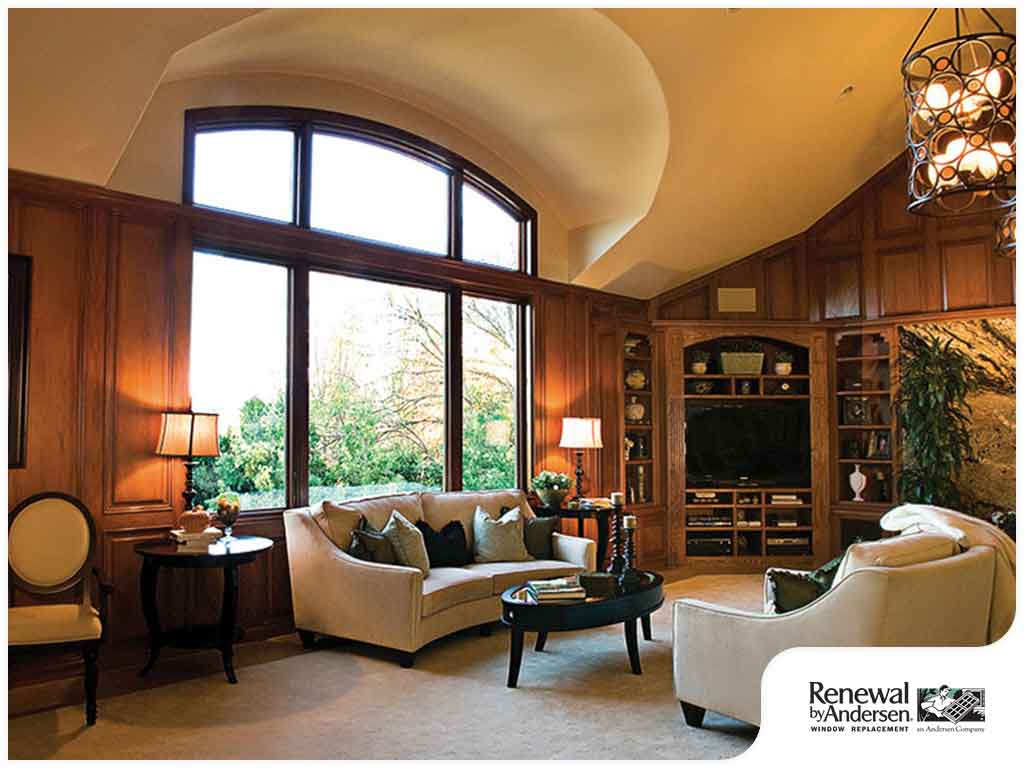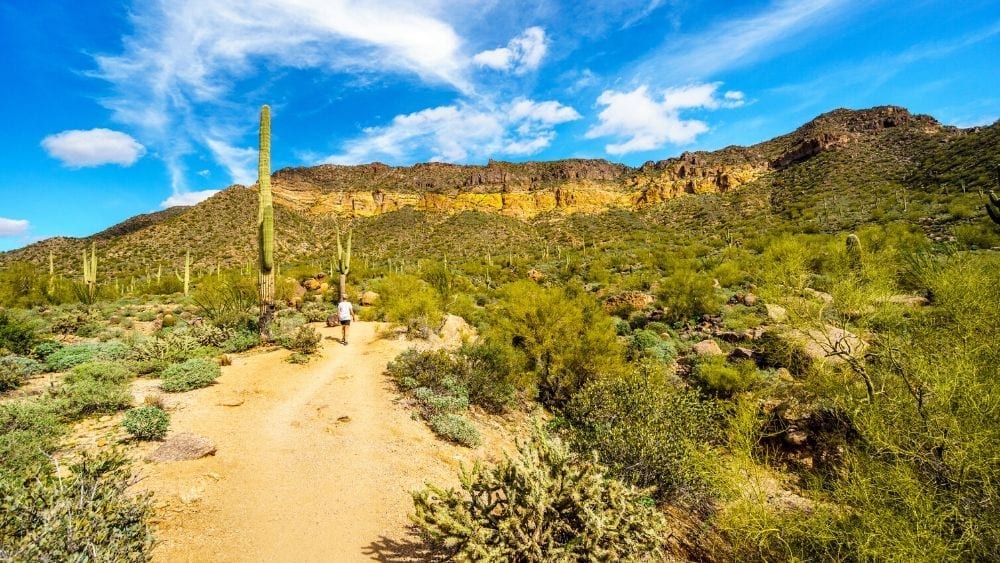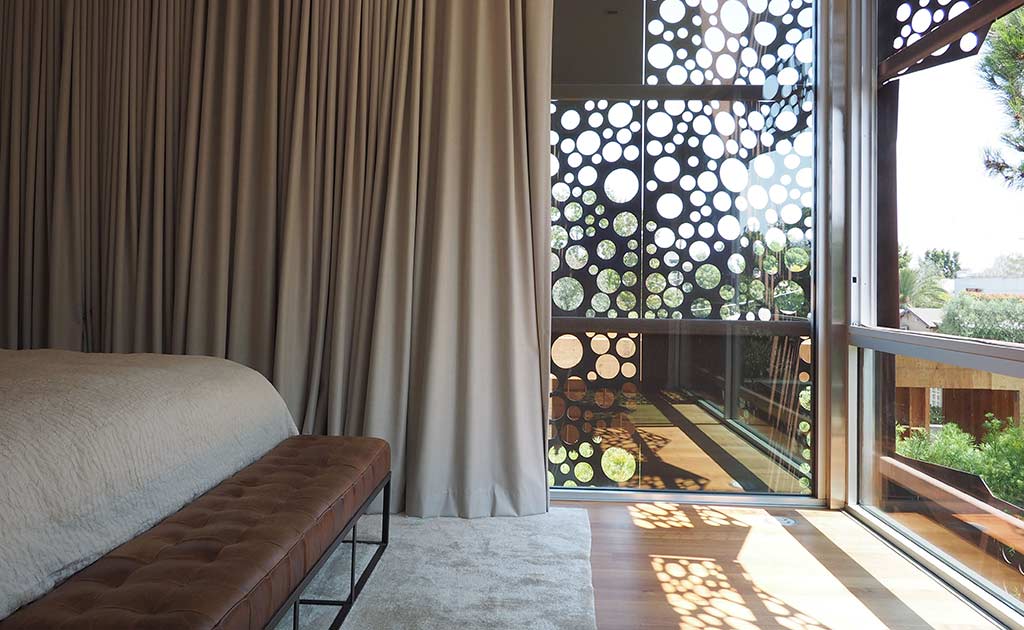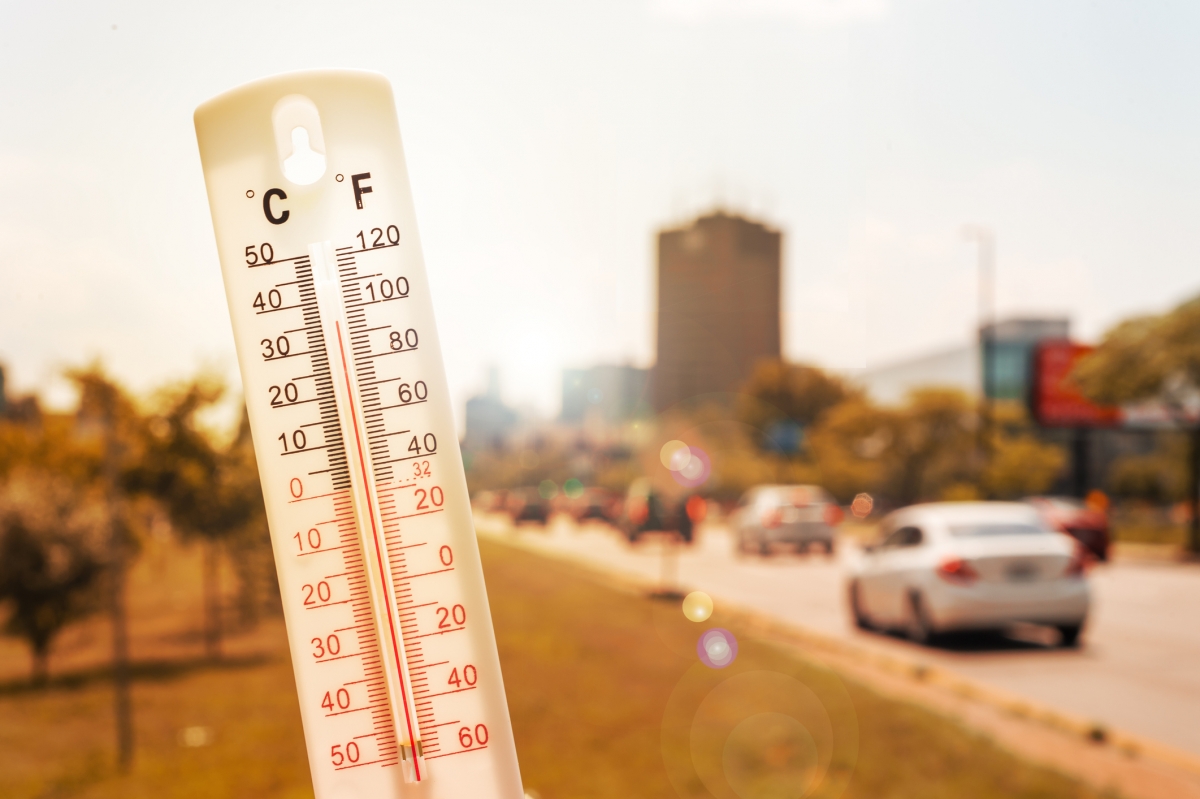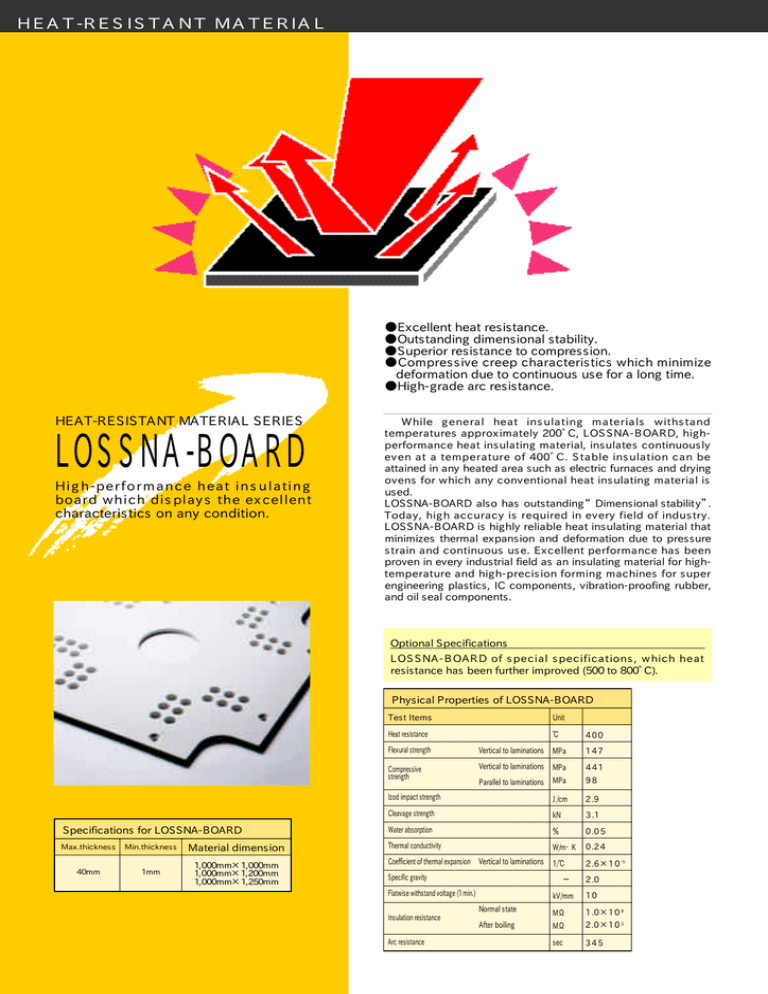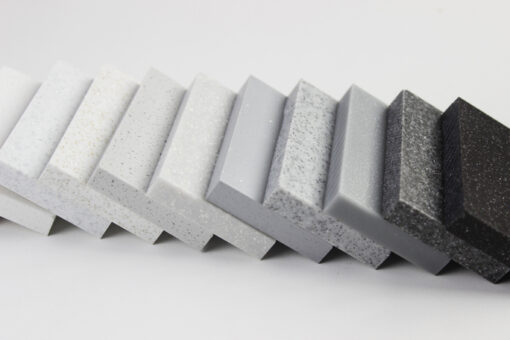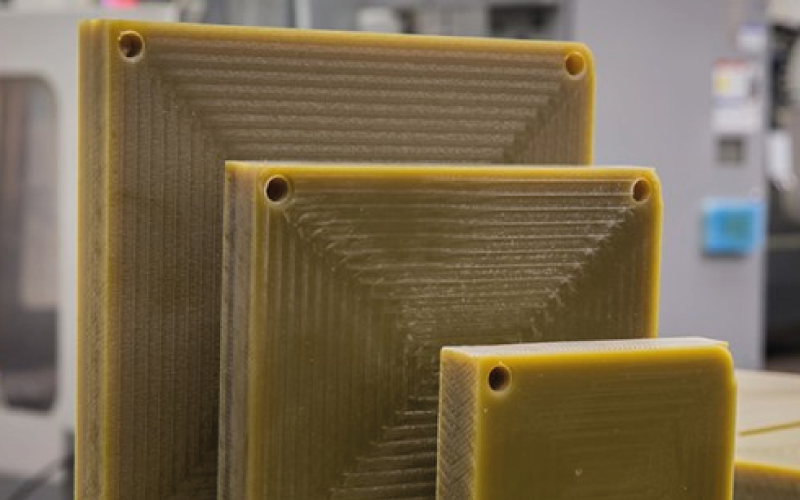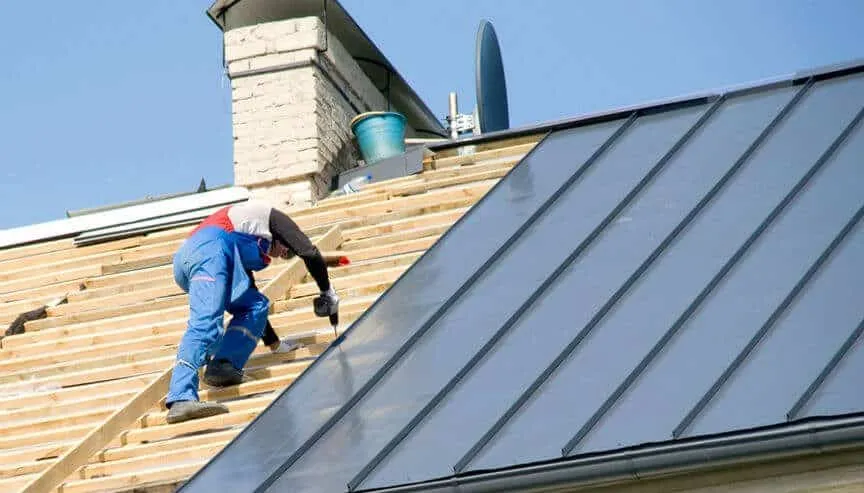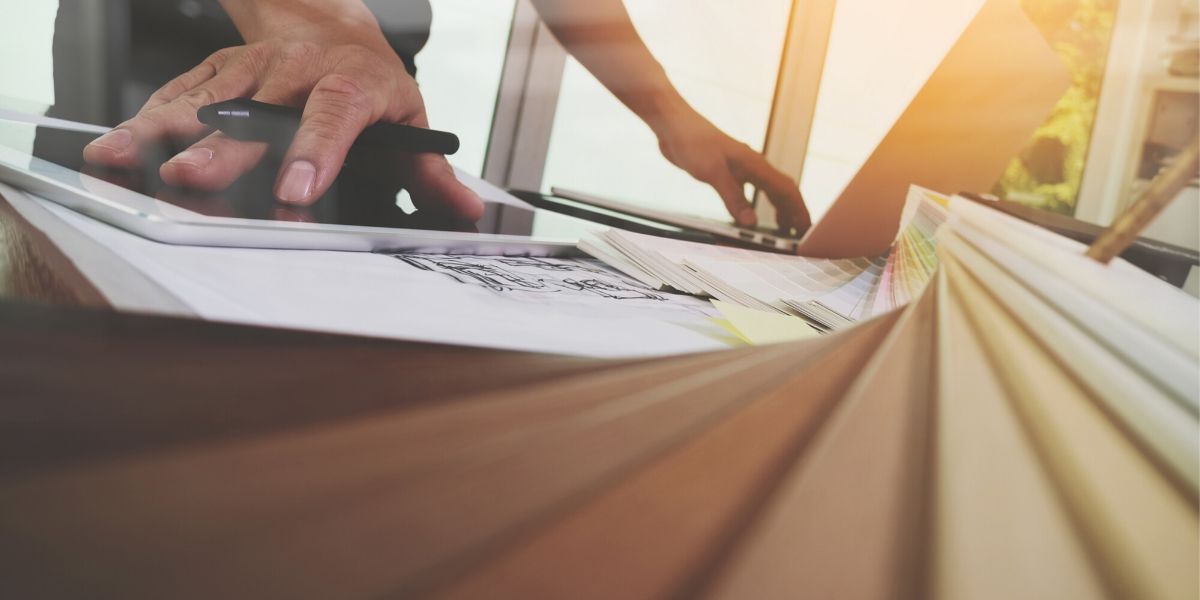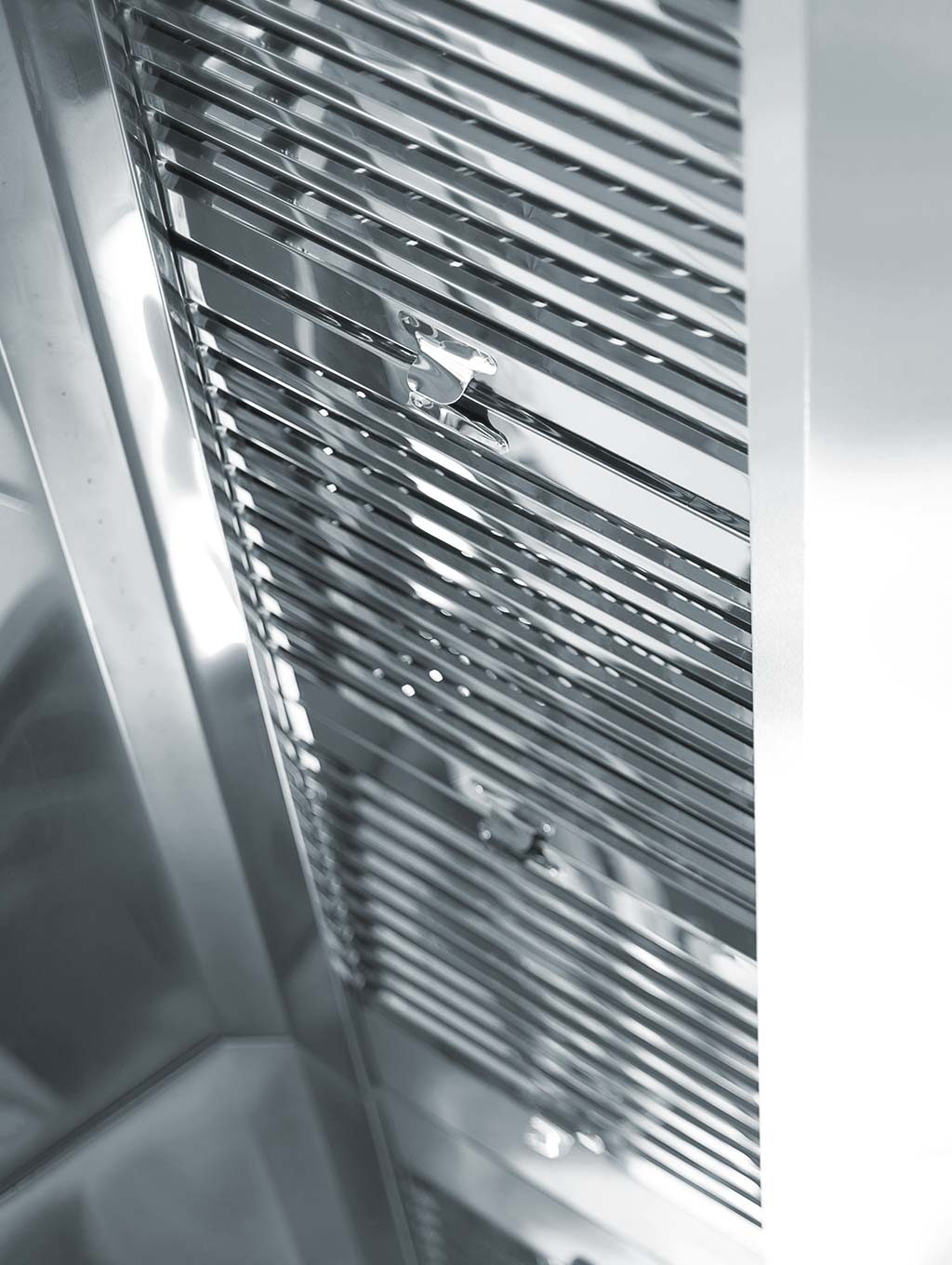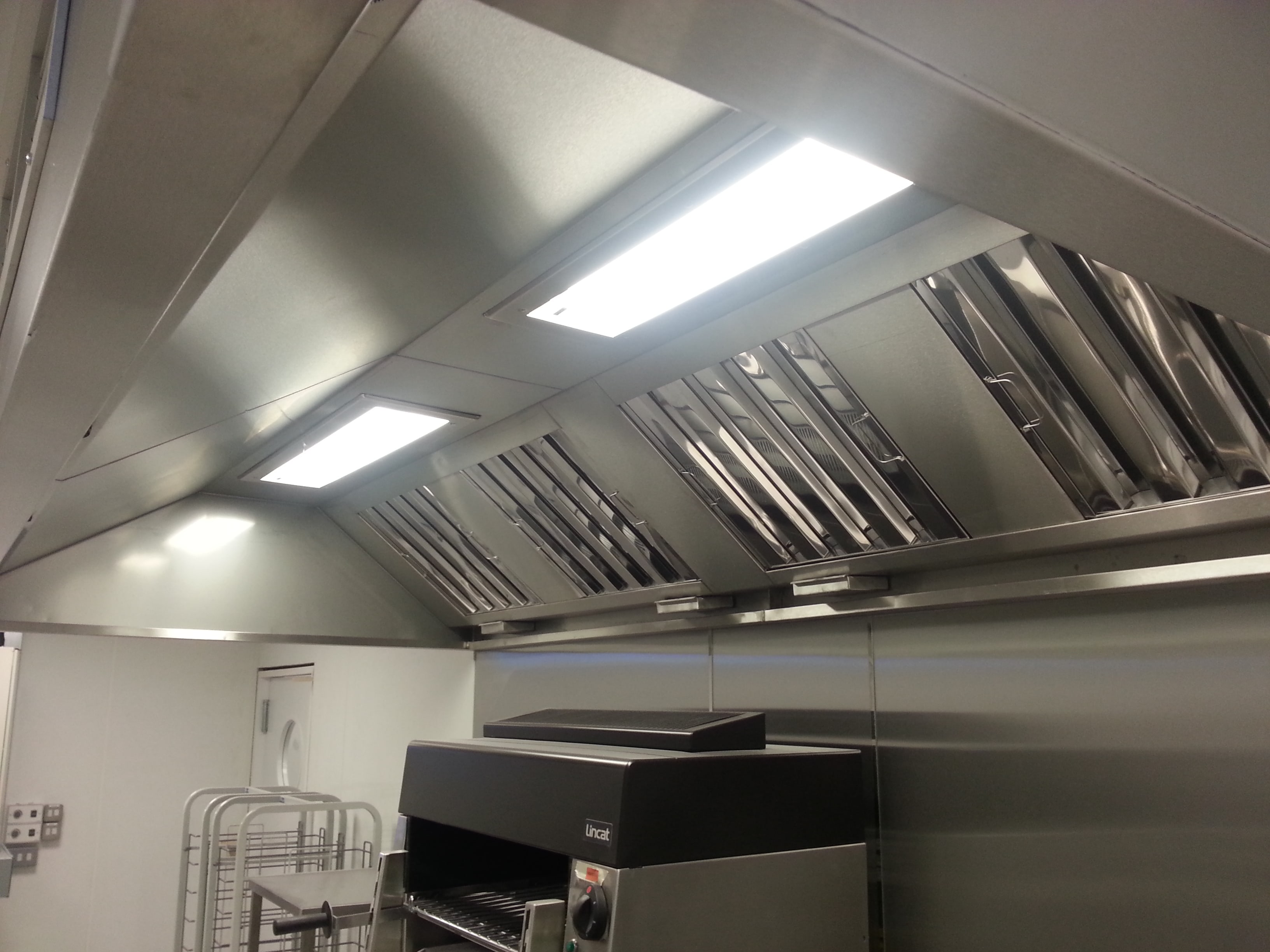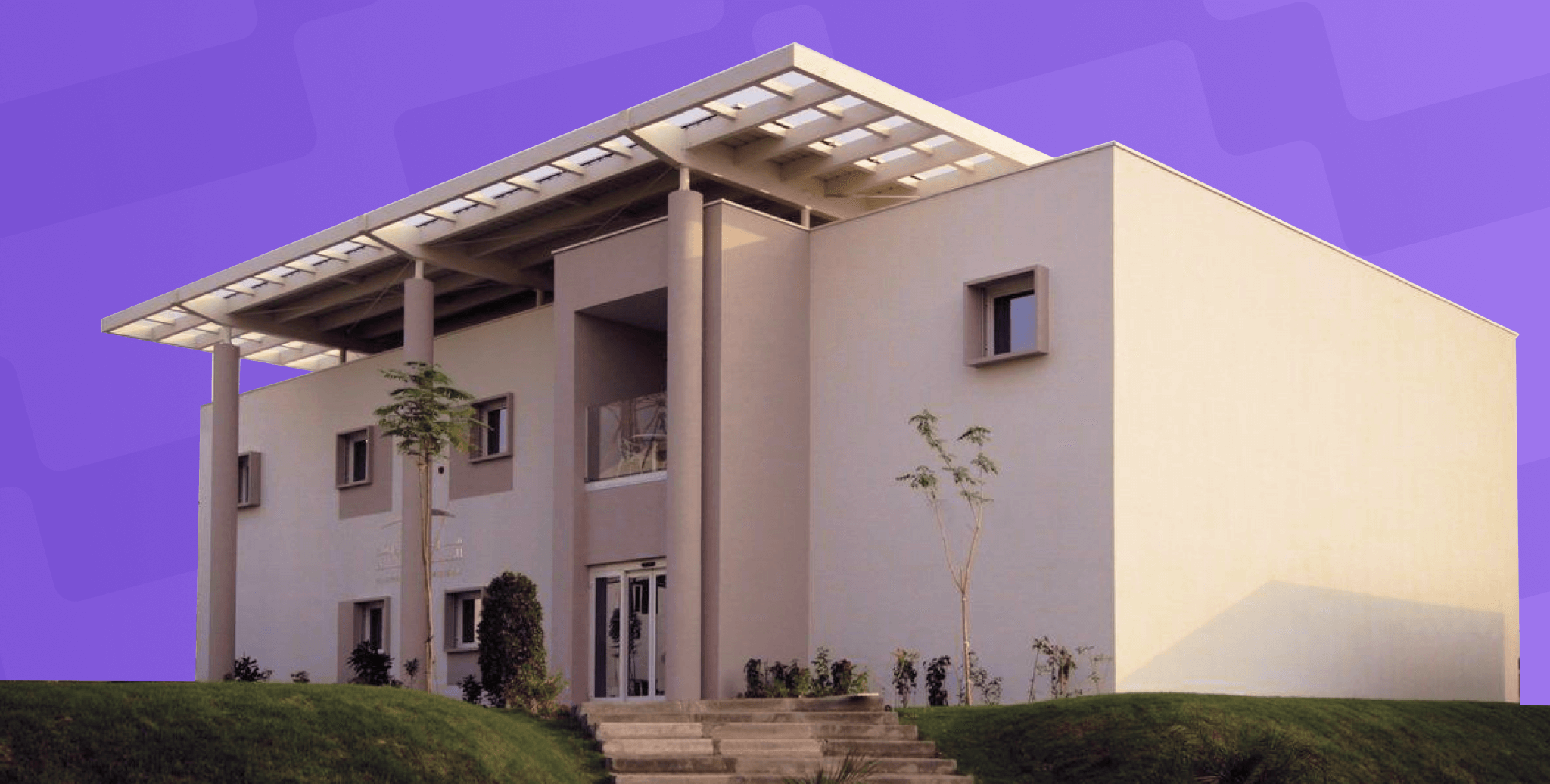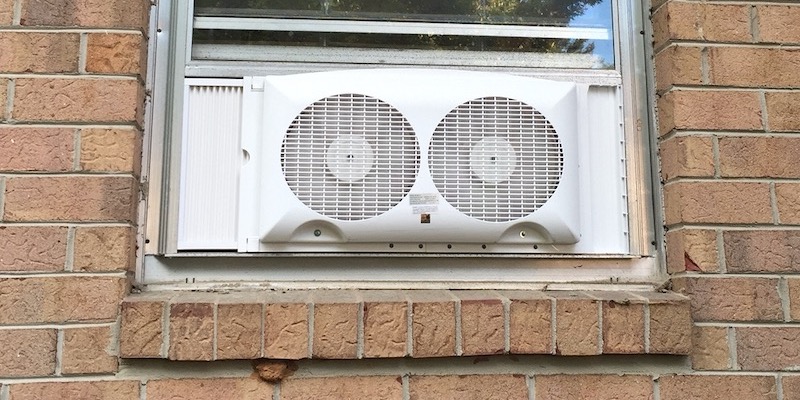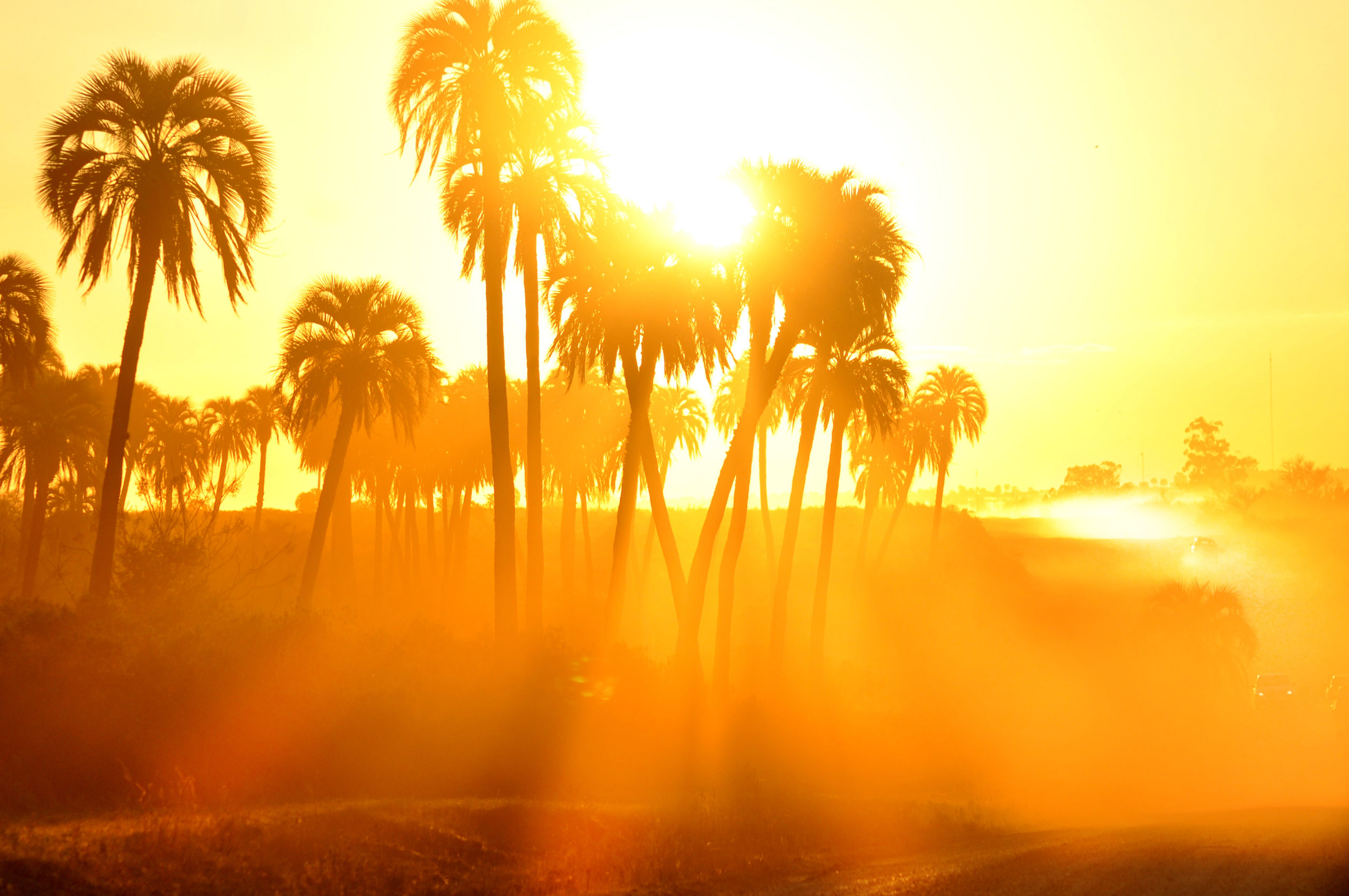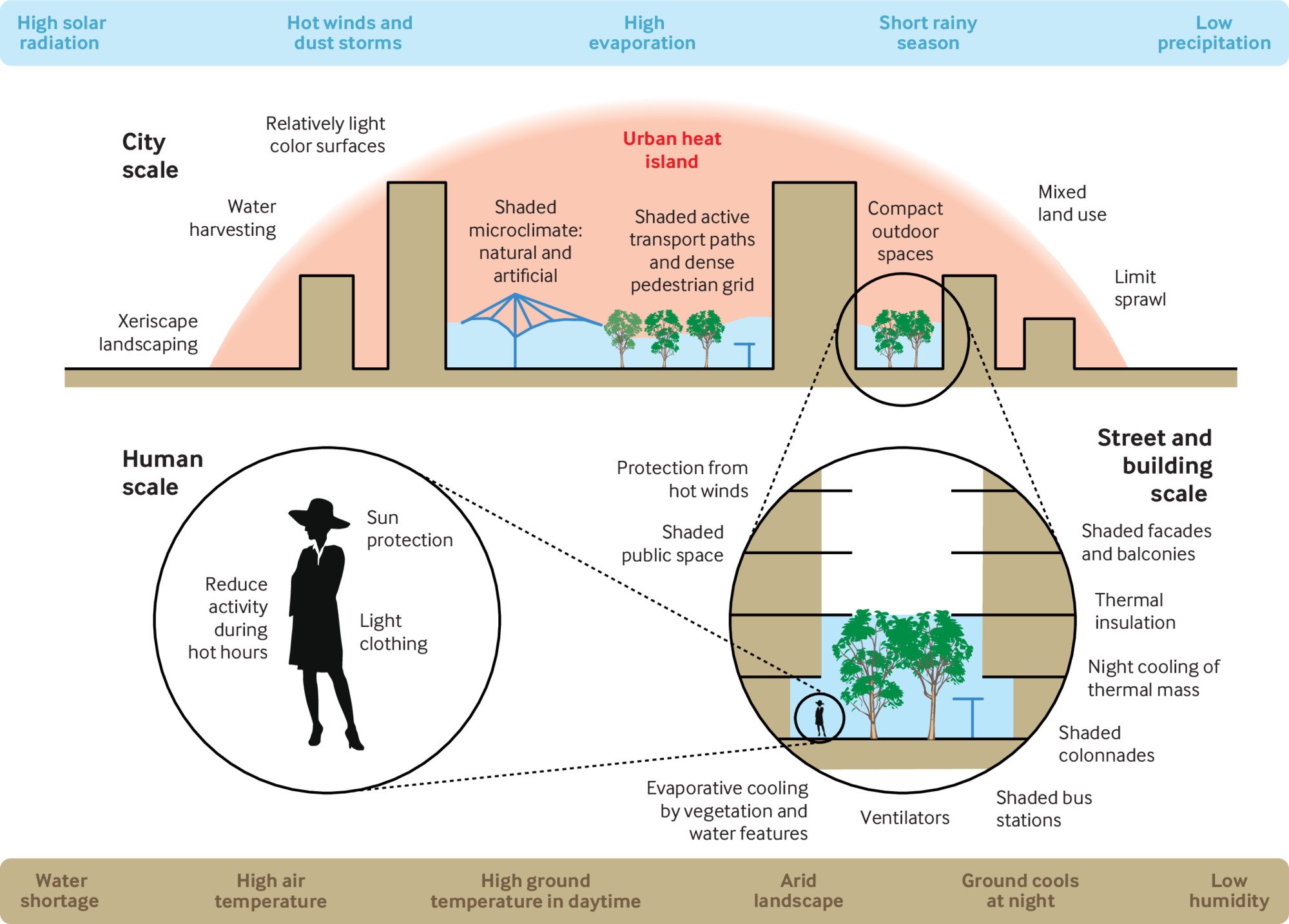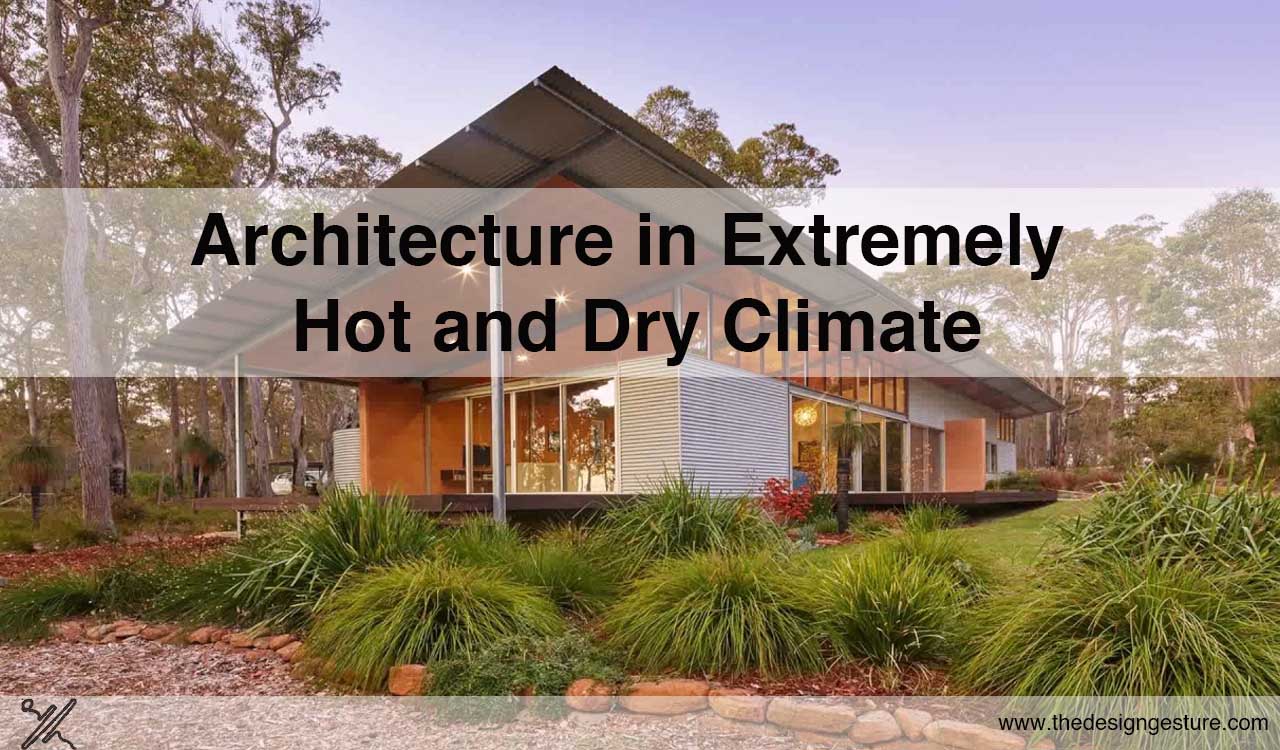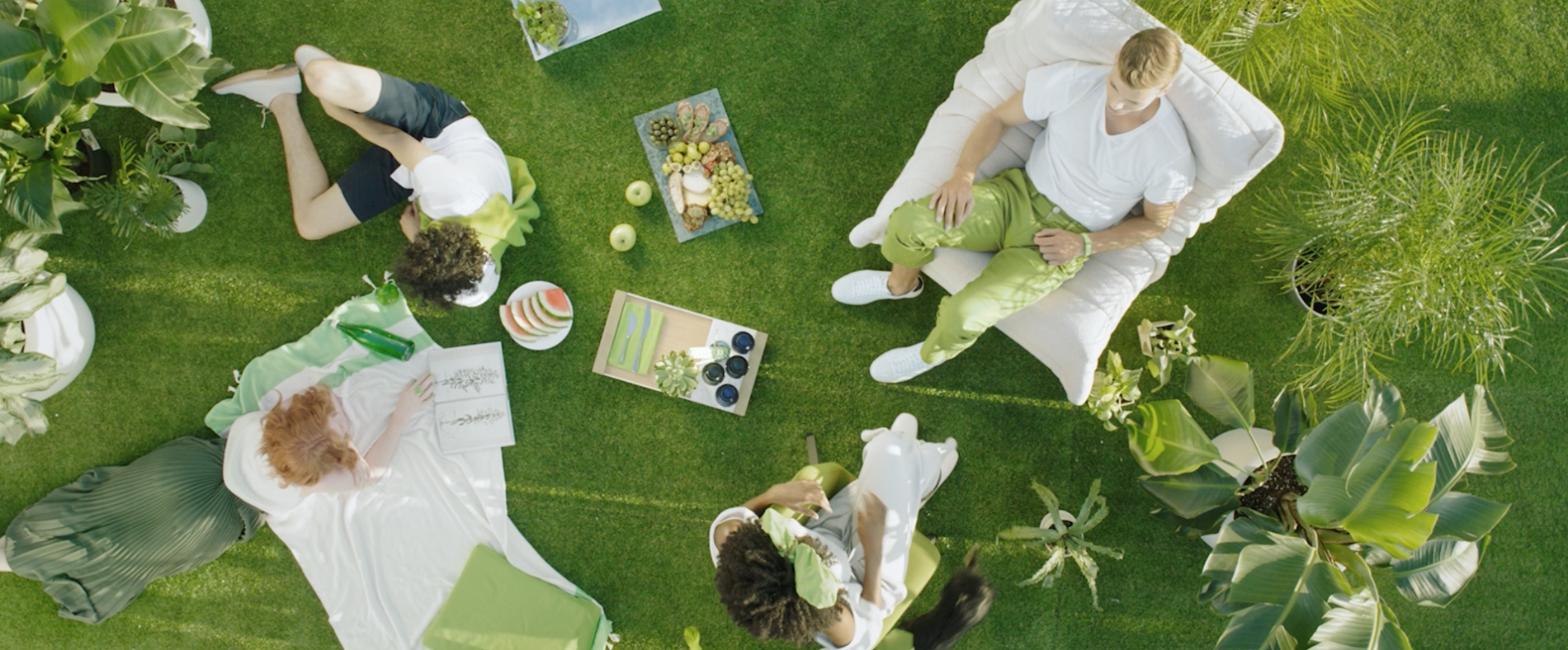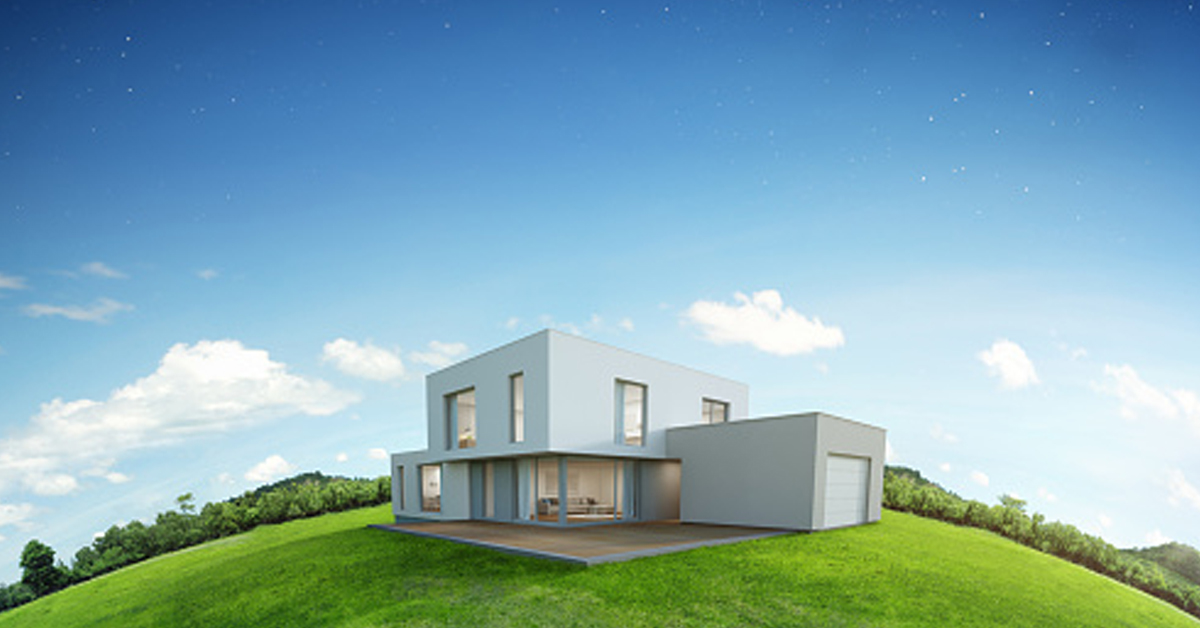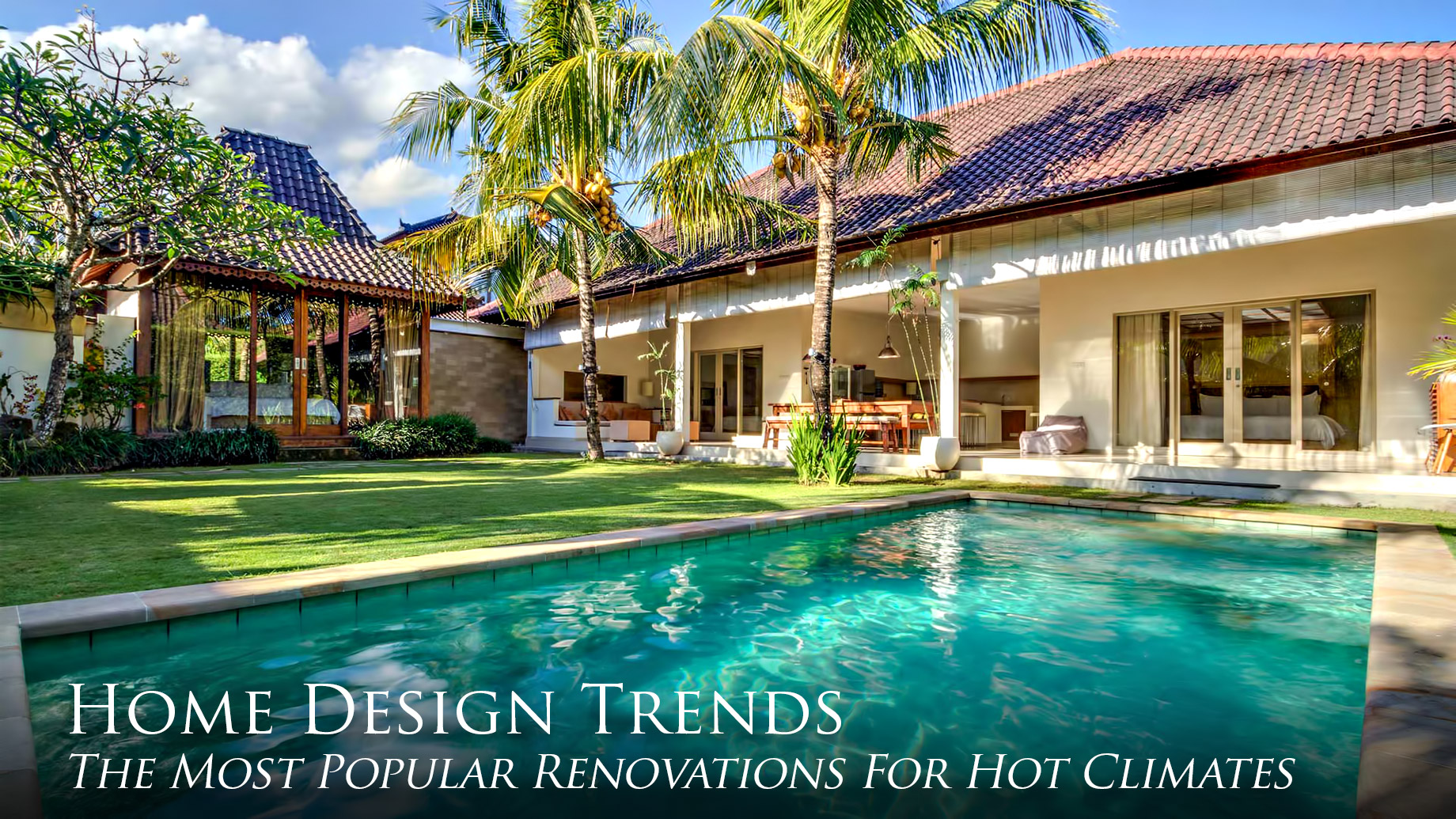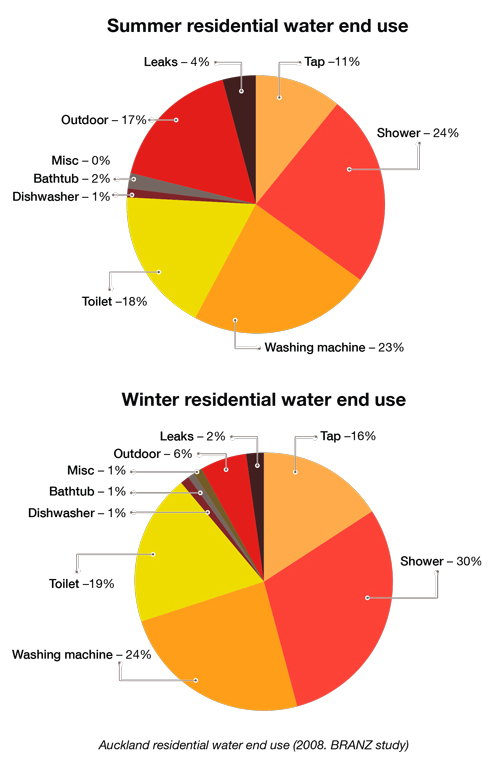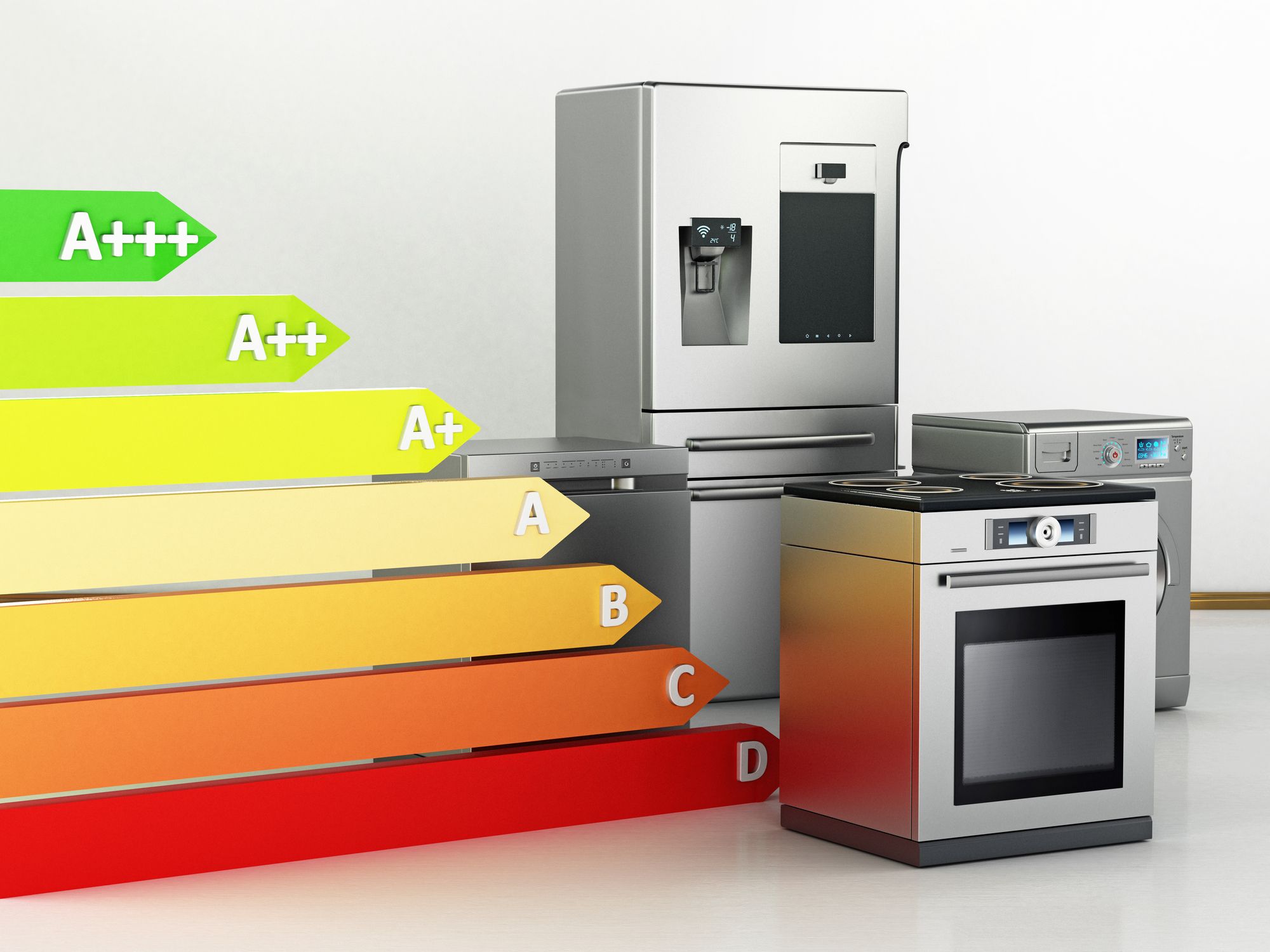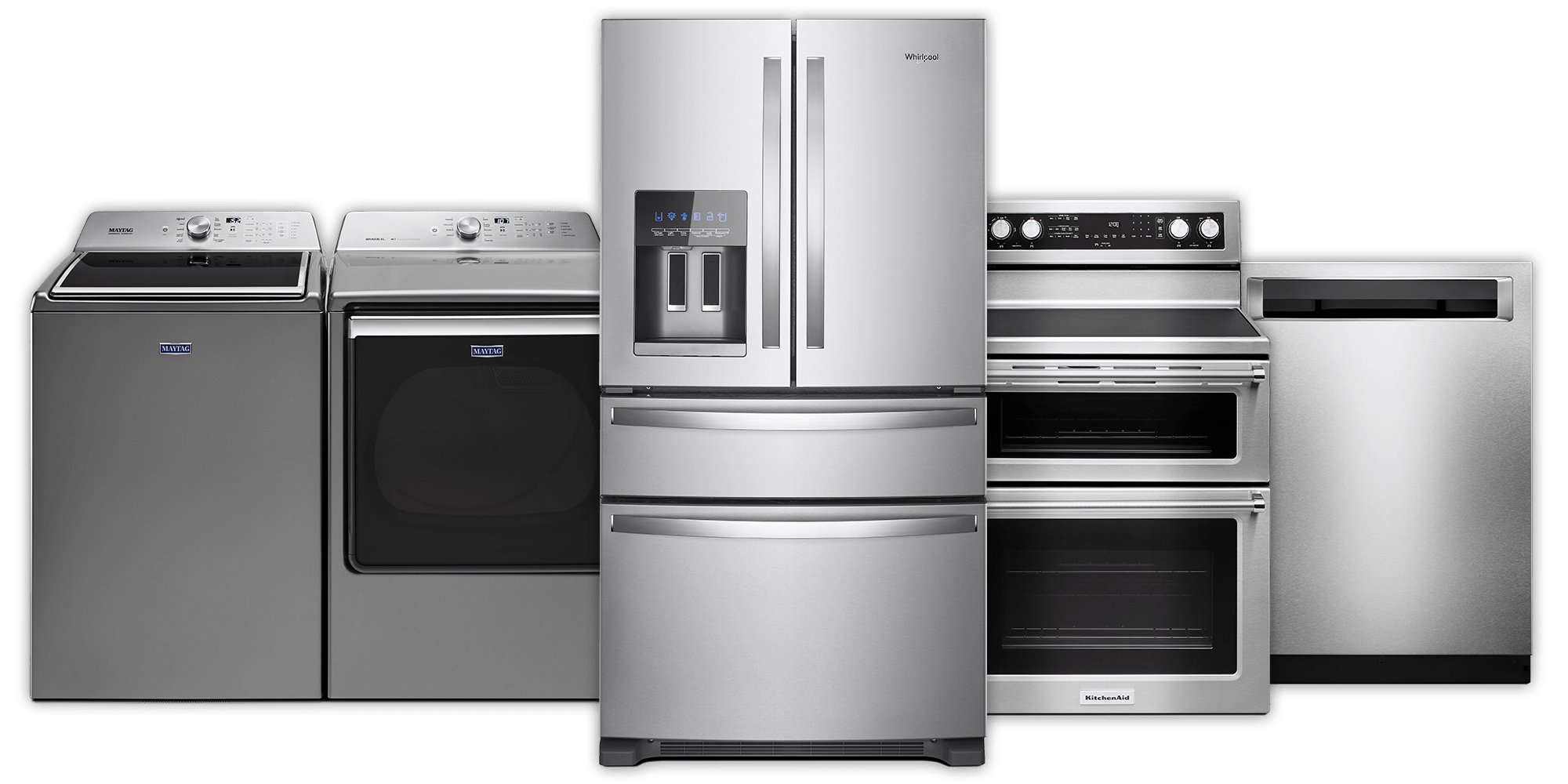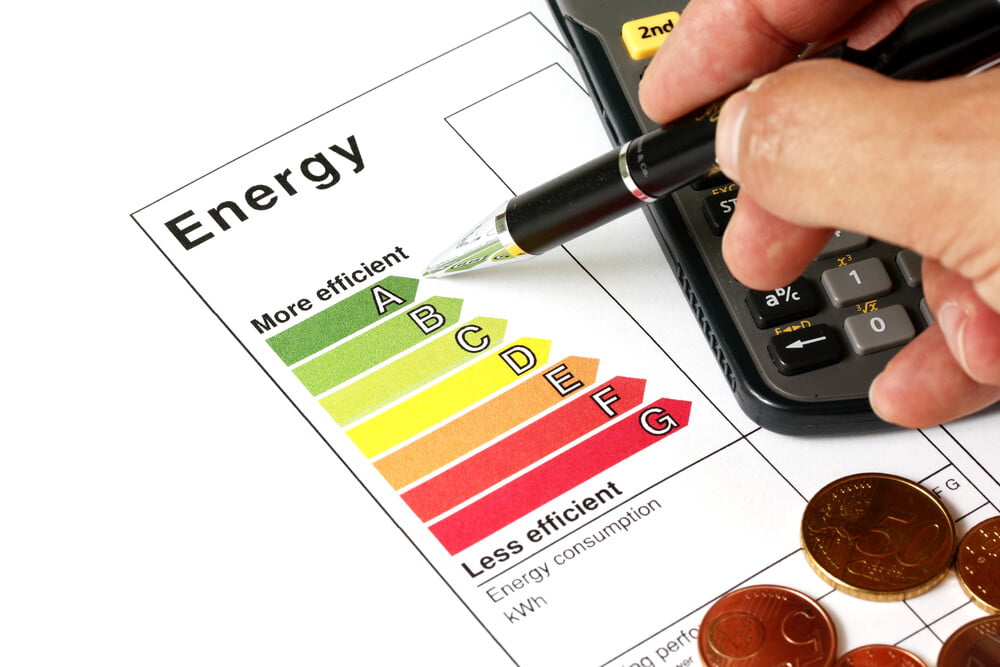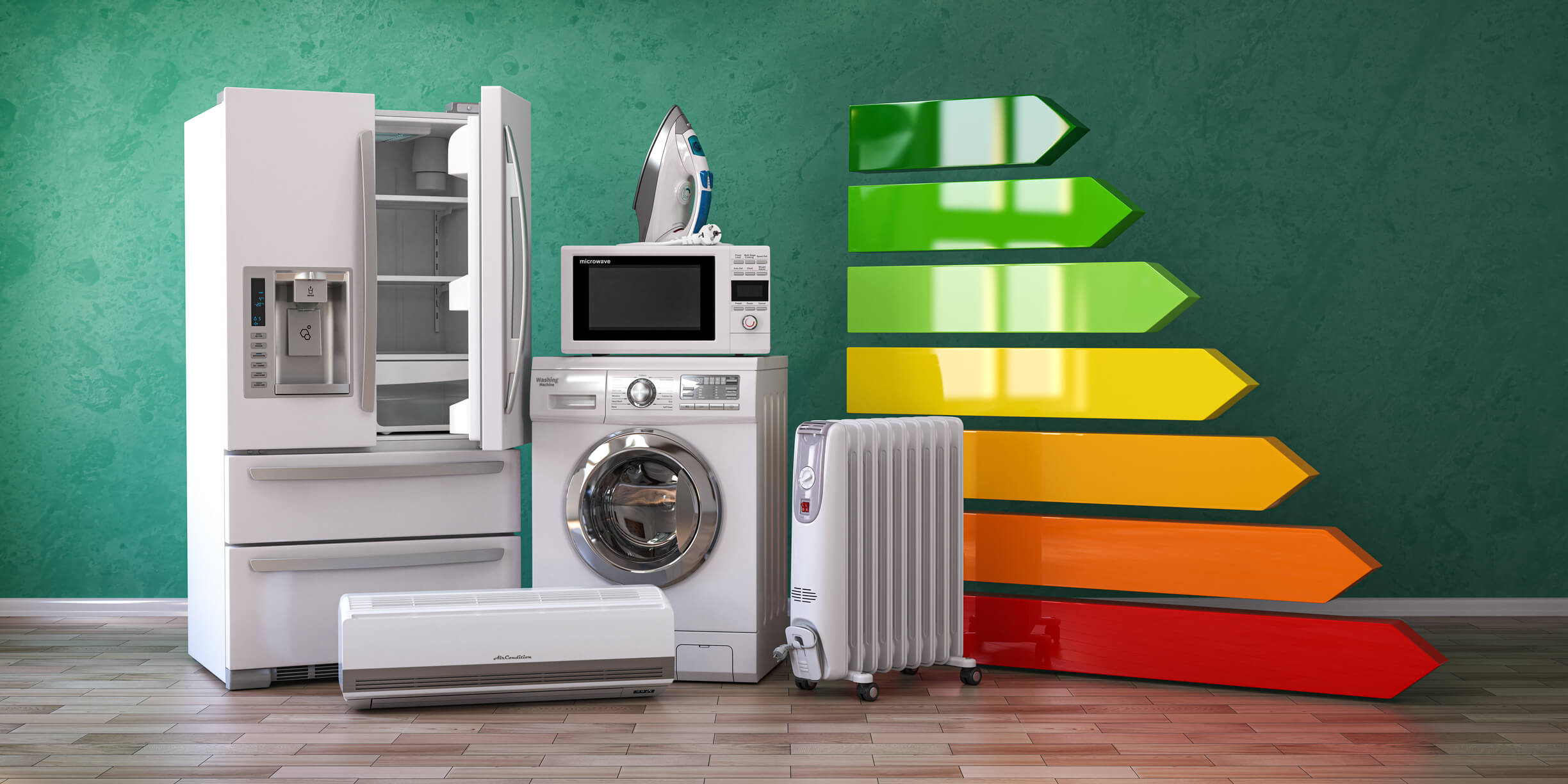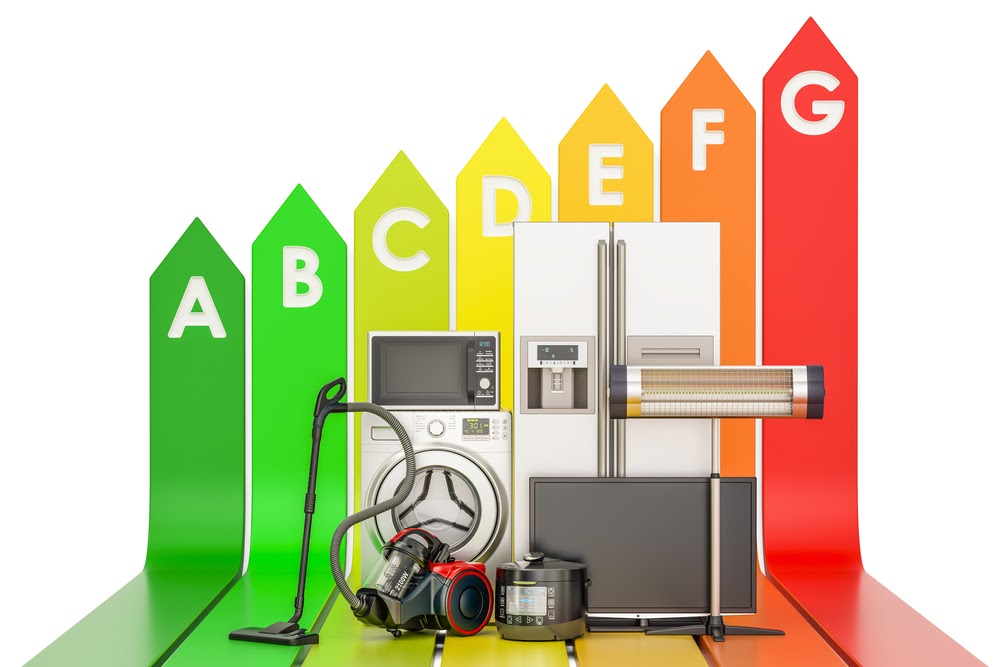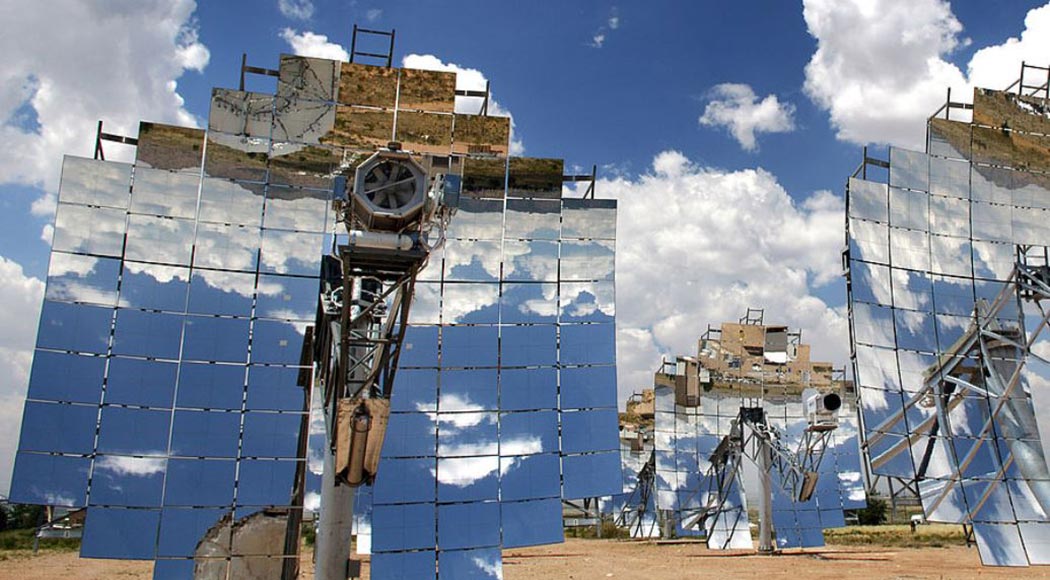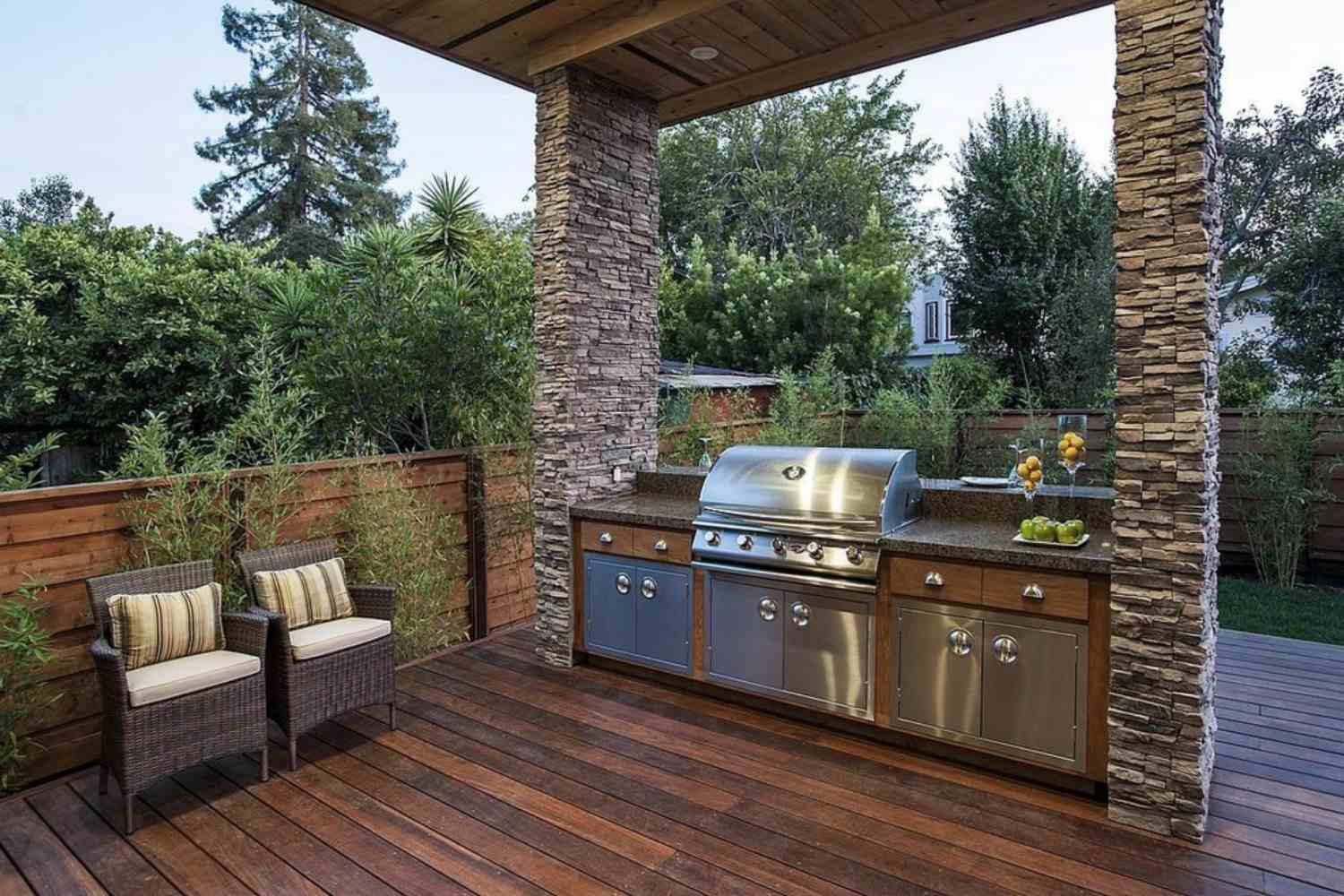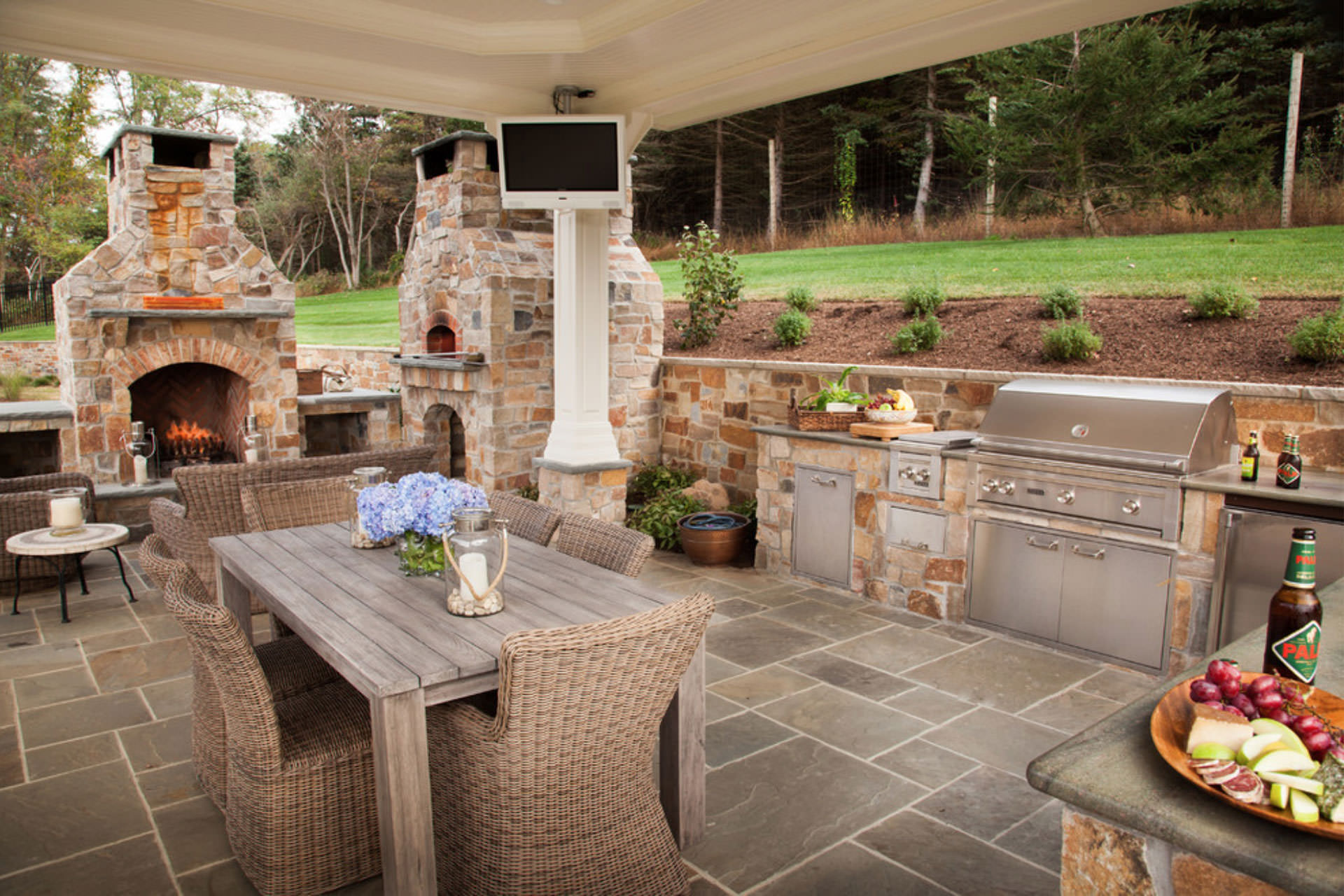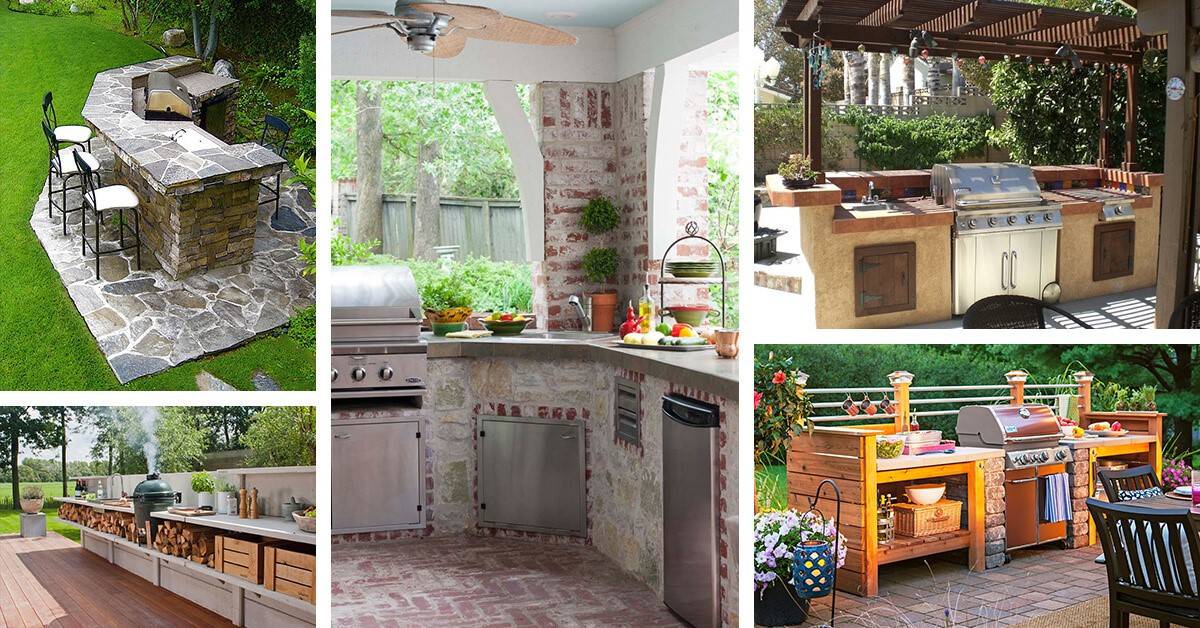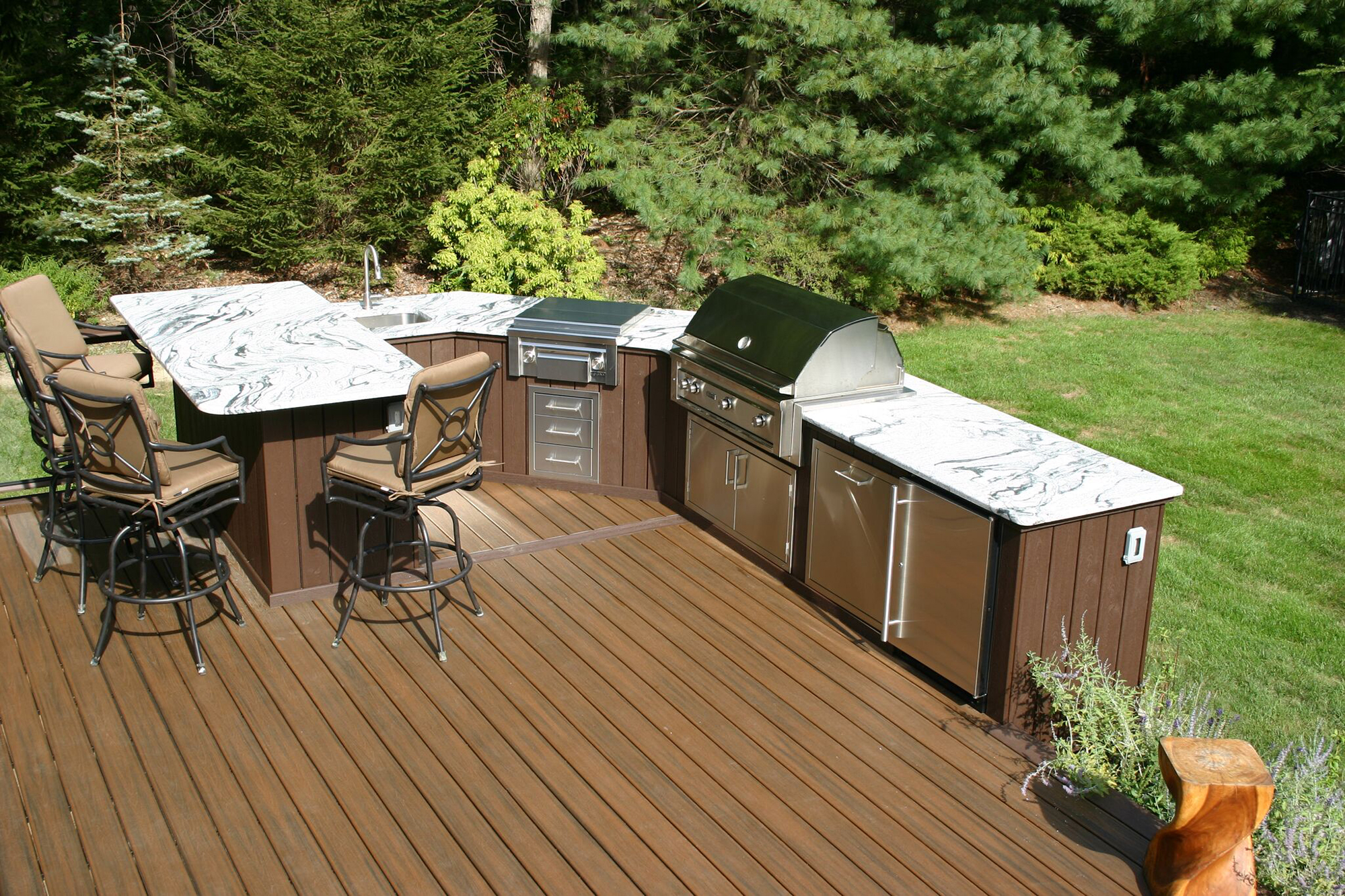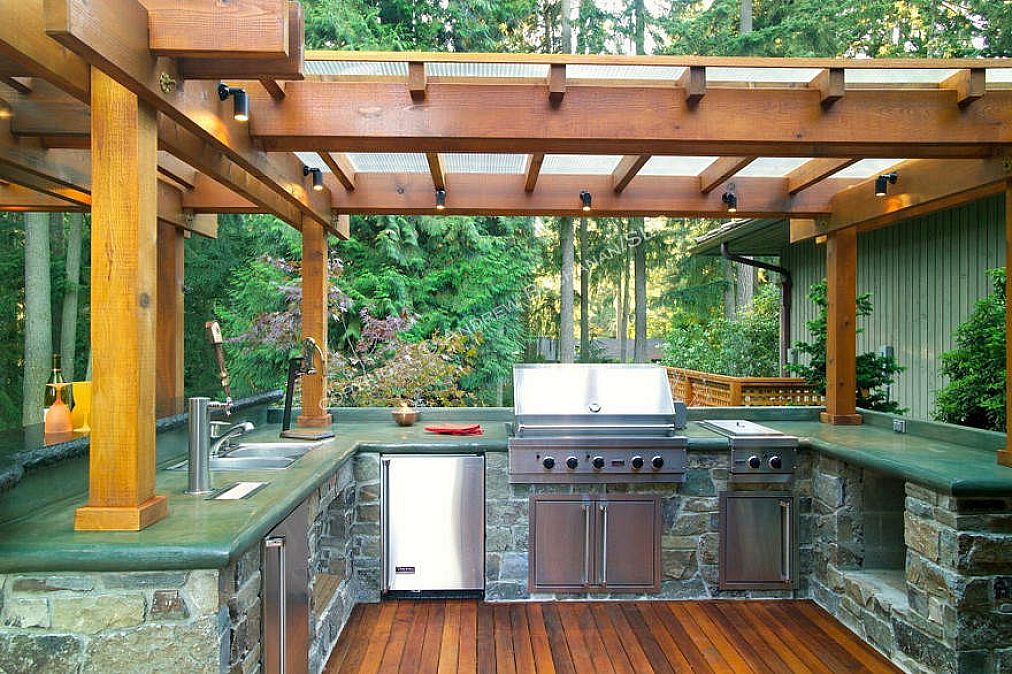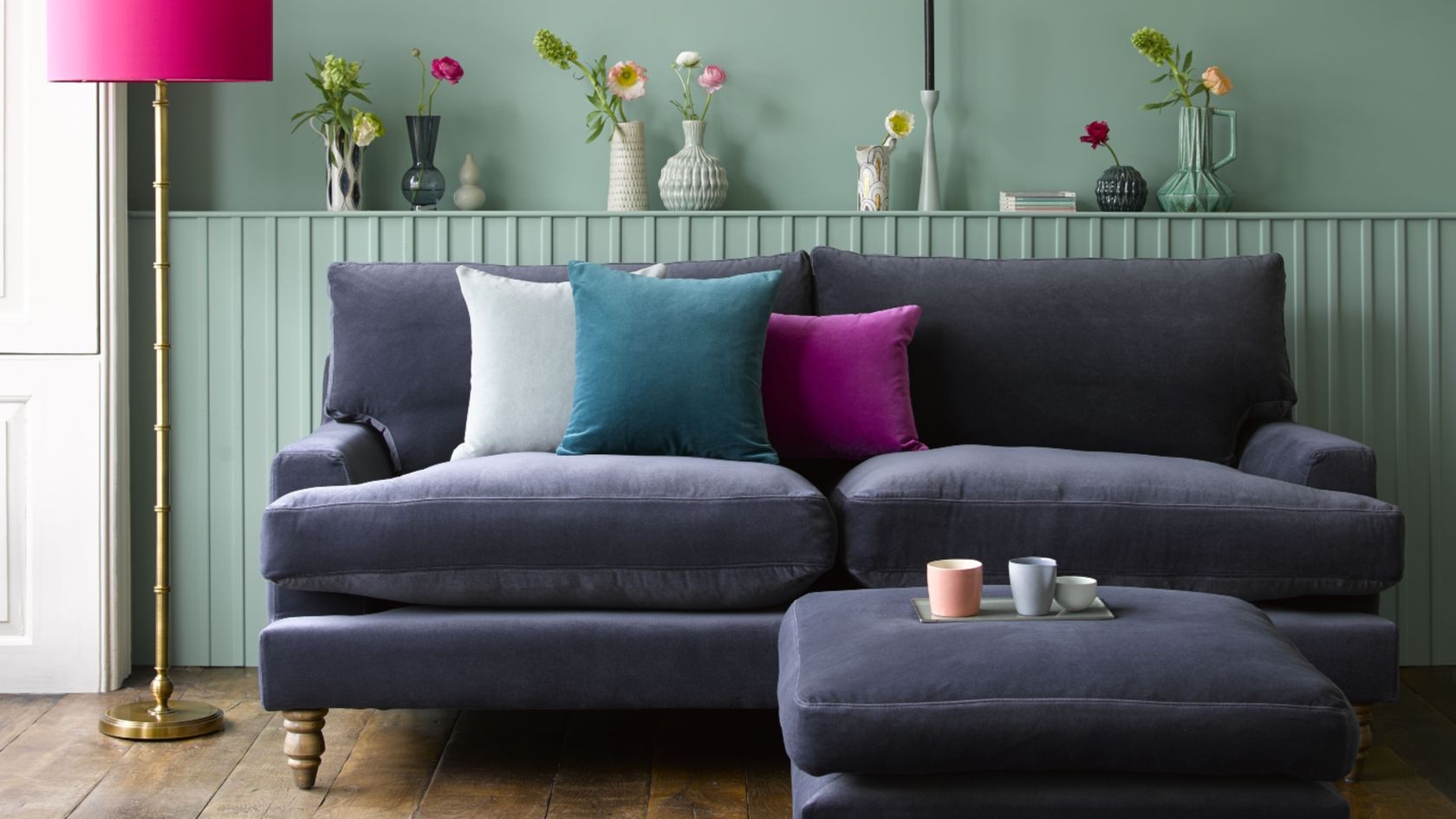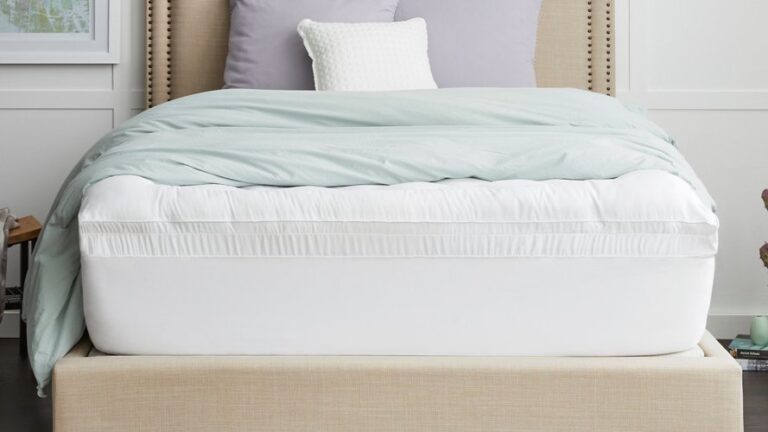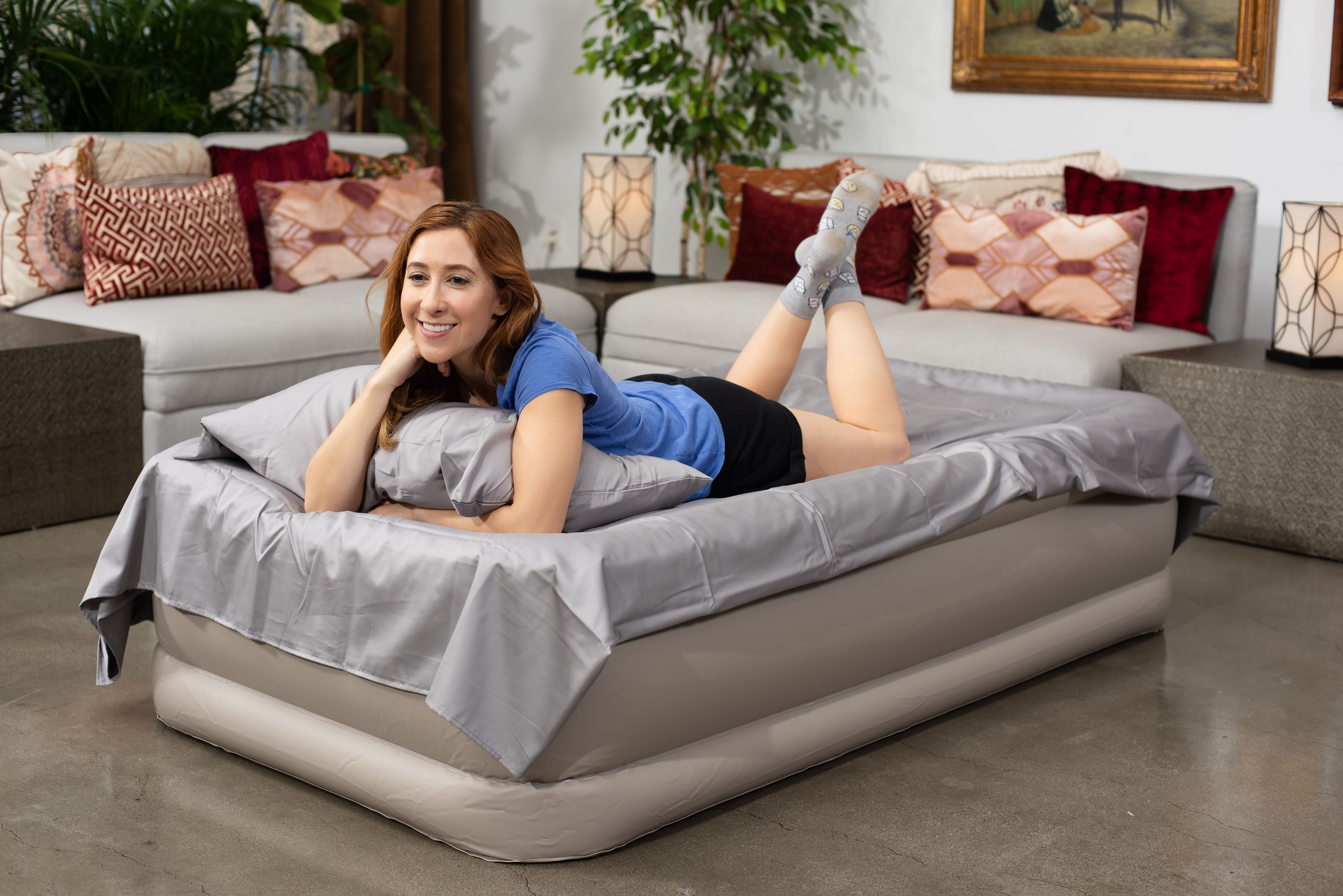Living in a hot climate can be challenging, especially when it comes to designing your kitchen. The kitchen is often considered the heart of the home, and it is important to create a space that is comfortable and functional despite the heat. One effective way to achieve this is by incorporating passive cooling techniques into your kitchen design. These techniques utilize natural elements and strategies to keep your kitchen cool without relying heavily on air conditioning. Let's explore some of the top passive cooling techniques for hot climate kitchen design.Passive Cooling Techniques for Hot Climates
When it comes to designing a kitchen for a hot climate, one of the most important factors to consider is ventilation. Proper ventilation is crucial for maintaining a comfortable temperature in your kitchen. This can be achieved through the use of large windows, vents, and fans. Ensure that your kitchen has adequate ventilation to allow hot air to escape and cool air to flow in.Designing a Kitchen for a Hot Climate
Natural light is not only aesthetically pleasing but also plays a significant role in cooling your kitchen. By allowing natural light to enter your kitchen, you can reduce the need for artificial lighting, which generates heat. Opt for light-colored curtains or blinds that can filter the light and reduce heat transfer. You can also consider installing skylights to bring in more natural light and reduce the need for electric lighting.Maximizing Natural Light in a Hot Climate Kitchen
When selecting materials for your hot climate kitchen, it is essential to choose heat-resistant options. Materials such as granite, quartz, and marble are great choices for countertops as they can withstand high temperatures. Additionally, avoid using dark-colored materials for your flooring and cabinetry as they absorb heat and can make your kitchen feel warmer. Opt for light-colored materials that reflect heat instead.Choosing Heat-Resistant Materials for a Hot Climate Kitchen
Cross ventilation is a simple yet effective technique for cooling your kitchen. It involves creating openings on opposite sides of your kitchen to allow air to flow through. This can be achieved through windows, doors, or vents. By utilizing cross ventilation, you can create a natural breeze that will help keep your kitchen cool.Utilizing Cross Ventilation in Kitchen Design for Hot Climates
Shade and greenery can have a significant impact on the temperature of your kitchen. Planting trees or vines around your kitchen can provide shade and reduce the amount of direct sunlight that enters your kitchen. This can help keep your kitchen cooler during hot days. Additionally, plants can also help cool the air through the process of evapotranspiration. Consider adding a small herb garden near your kitchen window for a functional and cooling touch.Incorporating Shade and Greenery in Hot Climate Kitchen Design
Appliances are a necessary part of any kitchen, but they can also generate a considerable amount of heat. When designing a kitchen for a hot climate, it is crucial to consider the placement and usage of your appliances. Avoid placing heat-generating appliances such as ovens and stovetops near windows or in areas with poor ventilation. Additionally, try to use these appliances during cooler times of the day to avoid adding extra heat to your kitchen.Efficient Use of Appliances in Hot Climate Kitchen Design
The layout of your kitchen can also impact its cooling efficiency. It is best to design your kitchen with an open layout that allows for easy airflow. Avoid blocking airflow with large and bulky furniture or unnecessary walls. This will not only help keep your kitchen cool but also create a more spacious and inviting atmosphere.Creating a Kitchen Layout for Optimal Airflow in Hot Climates
As mentioned earlier, light colors are better for reflecting heat and keeping your kitchen cool. In addition to choosing light-colored materials, you can also use light-colored paint for your walls and cabinets. This will help reflect natural light and reduce the amount of heat absorbed in your kitchen. Consider using glossy or reflective surfaces for countertops, backsplashes, and flooring to further enhance the cooling effect.Using Light Colors and Reflective Surfaces in Hot Climate Kitchen Design
Incorporating outdoor cooking and dining options into your kitchen design is a great way to beat the heat. Having a designated outdoor cooking area, such as a barbecue grill or a pizza oven, can help keep the heat and smells outside. Additionally, consider adding a covered patio or outdoor dining area where you can enjoy your meals and entertain guests while staying cool. In conclusion, designing a kitchen for a hot climate requires careful consideration of various factors such as ventilation, natural light, materials, and appliance usage. By incorporating passive cooling techniques into your kitchen design, you can create a comfortable and functional space that can withstand the heat. So, use these top 10 main kitchen design strategies for hot climates and enjoy cooking in your cool and stylish kitchen.Designing a Kitchen with Outdoor Cooking and Dining Options for Hot Climates
Kitchen Design Strategies for Hot Climate
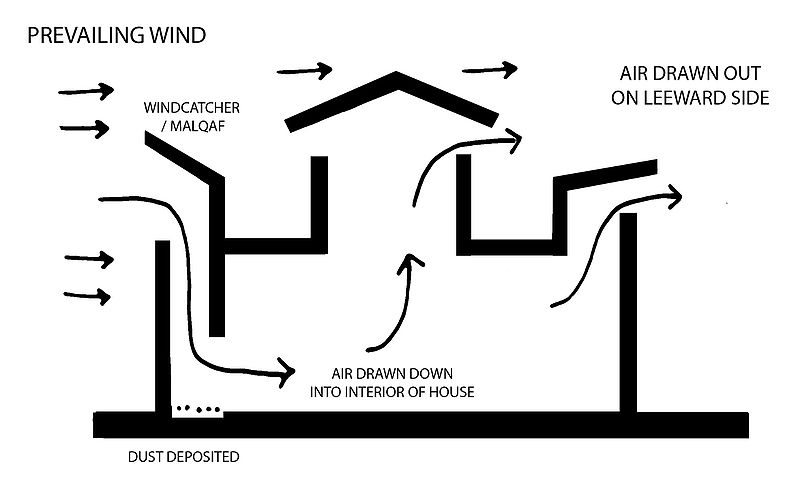
Maximize Airflow and Ventilation
Choose Light Colors and Materials
 When selecting materials and colors for a kitchen in a hot climate, it's important to keep in mind that darker colors tend to absorb more heat. This can make the kitchen feel even hotter.
Opting for light-colored materials
such as
white cabinets
and
light-colored countertops
can help to reflect heat and keep the space feeling cool. It's also a good idea to choose
heat-resistant
and
low maintenance
materials that can withstand the high temperatures and humid conditions of a hot climate.
When selecting materials and colors for a kitchen in a hot climate, it's important to keep in mind that darker colors tend to absorb more heat. This can make the kitchen feel even hotter.
Opting for light-colored materials
such as
white cabinets
and
light-colored countertops
can help to reflect heat and keep the space feeling cool. It's also a good idea to choose
heat-resistant
and
low maintenance
materials that can withstand the high temperatures and humid conditions of a hot climate.
Incorporate Shade and Greenery
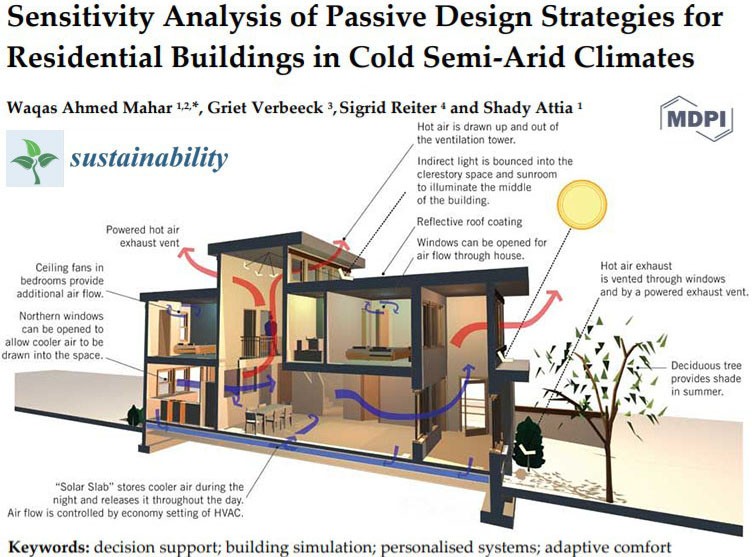 Another effective strategy for designing a kitchen in a hot climate is to incorporate
shade and greenery
. This can be achieved by
strategically placing
trees, plants, or
outdoor umbrellas
near windows or outdoor kitchen areas. These elements not only provide shade and help to reduce heat, but also add a touch of
natural beauty
to the space. For an added bonus, consider incorporating
edible plants
such as herbs or vegetables into the kitchen design, which can provide fresh ingredients for cooking while also adding a touch of greenery.
Another effective strategy for designing a kitchen in a hot climate is to incorporate
shade and greenery
. This can be achieved by
strategically placing
trees, plants, or
outdoor umbrellas
near windows or outdoor kitchen areas. These elements not only provide shade and help to reduce heat, but also add a touch of
natural beauty
to the space. For an added bonus, consider incorporating
edible plants
such as herbs or vegetables into the kitchen design, which can provide fresh ingredients for cooking while also adding a touch of greenery.
Utilize Outdoor Cooking Options
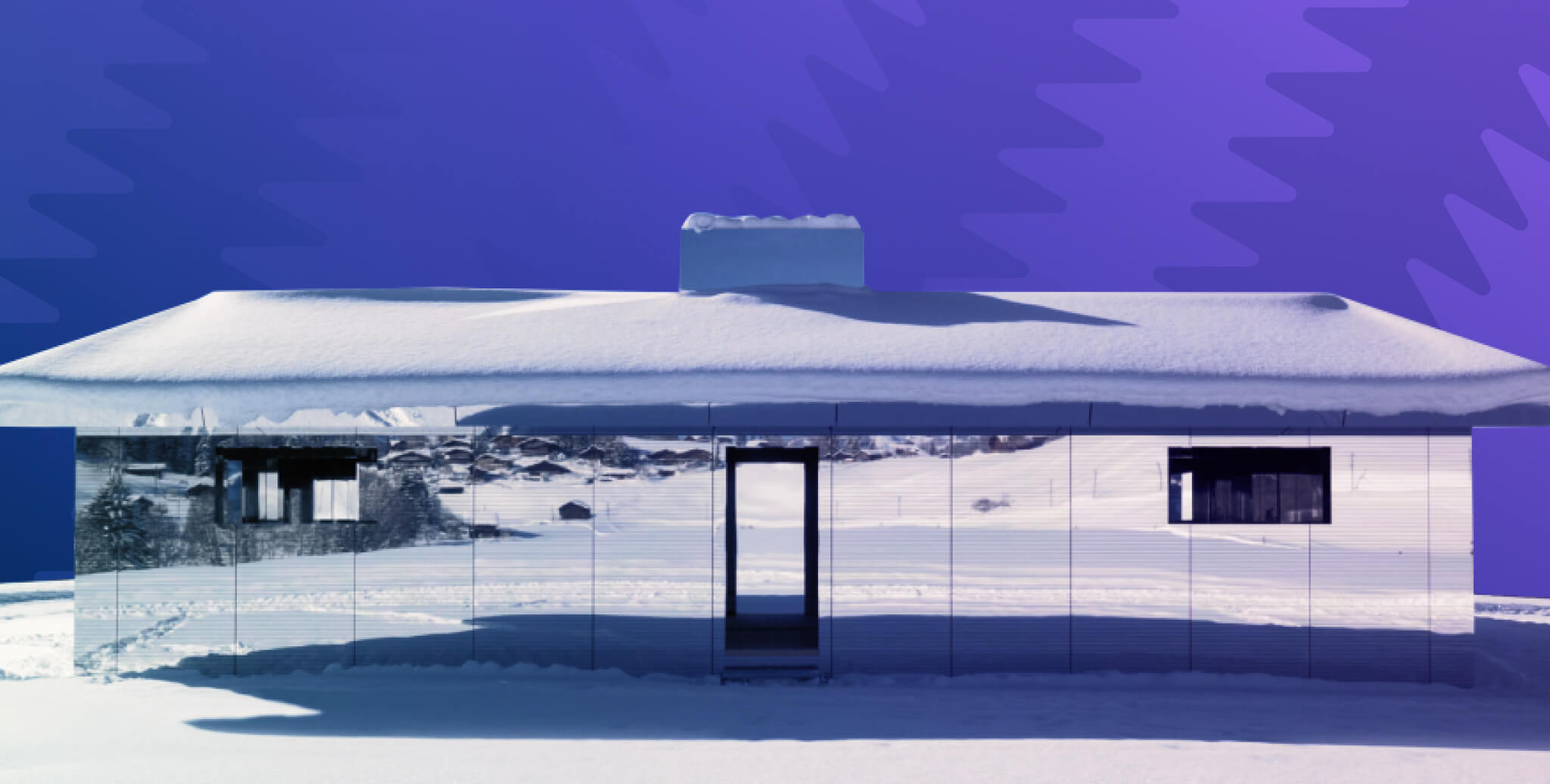 In a hot climate, outdoor cooking options can be a lifesaver.
Outdoor grills
,
fire pits
, and
outdoor ovens
can help to keep the heat outside and prevent the kitchen from becoming too hot. Not only does this provide a
cool cooking alternative
, but it also allows for more
entertaining
and
gathering space
for friends and family. Consider incorporating a
covered outdoor kitchen
area to provide shade and protection from the elements while still enjoying the benefits of outdoor cooking.
In conclusion, designing a kitchen in a hot climate requires careful consideration of airflow, materials, and outdoor elements. By following these strategies, you can create a functional and comfortable kitchen that can withstand the heat and humidity of a hot climate. Remember to prioritize proper airflow and ventilation, choose light colors and materials, incorporate shade and greenery, and utilize outdoor cooking options. With these tips, you can create a kitchen that not only looks great but also keeps you cool and comfortable in a hot climate.
In a hot climate, outdoor cooking options can be a lifesaver.
Outdoor grills
,
fire pits
, and
outdoor ovens
can help to keep the heat outside and prevent the kitchen from becoming too hot. Not only does this provide a
cool cooking alternative
, but it also allows for more
entertaining
and
gathering space
for friends and family. Consider incorporating a
covered outdoor kitchen
area to provide shade and protection from the elements while still enjoying the benefits of outdoor cooking.
In conclusion, designing a kitchen in a hot climate requires careful consideration of airflow, materials, and outdoor elements. By following these strategies, you can create a functional and comfortable kitchen that can withstand the heat and humidity of a hot climate. Remember to prioritize proper airflow and ventilation, choose light colors and materials, incorporate shade and greenery, and utilize outdoor cooking options. With these tips, you can create a kitchen that not only looks great but also keeps you cool and comfortable in a hot climate.
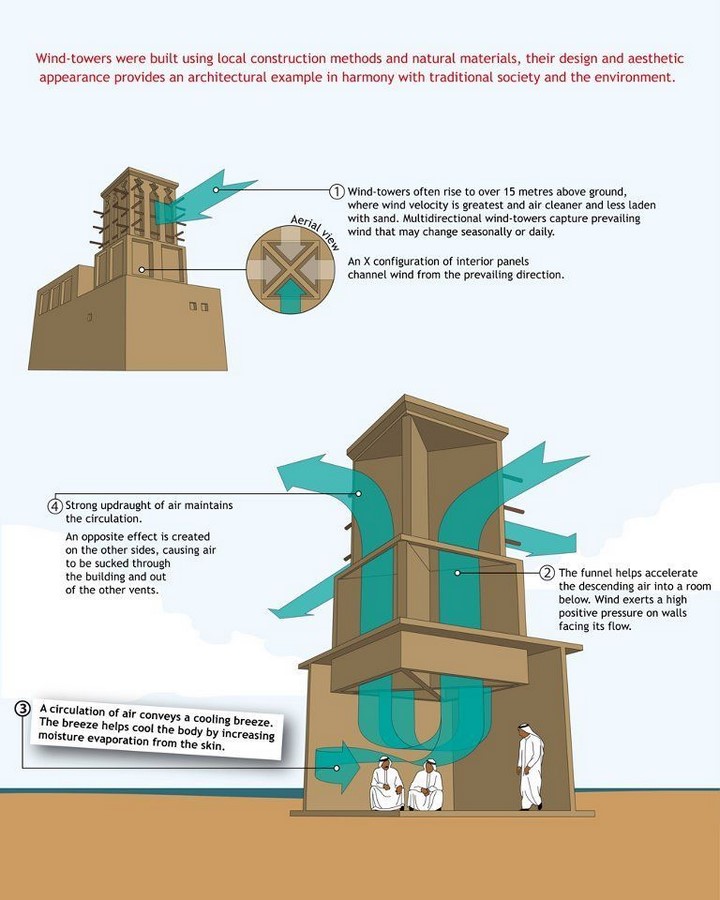



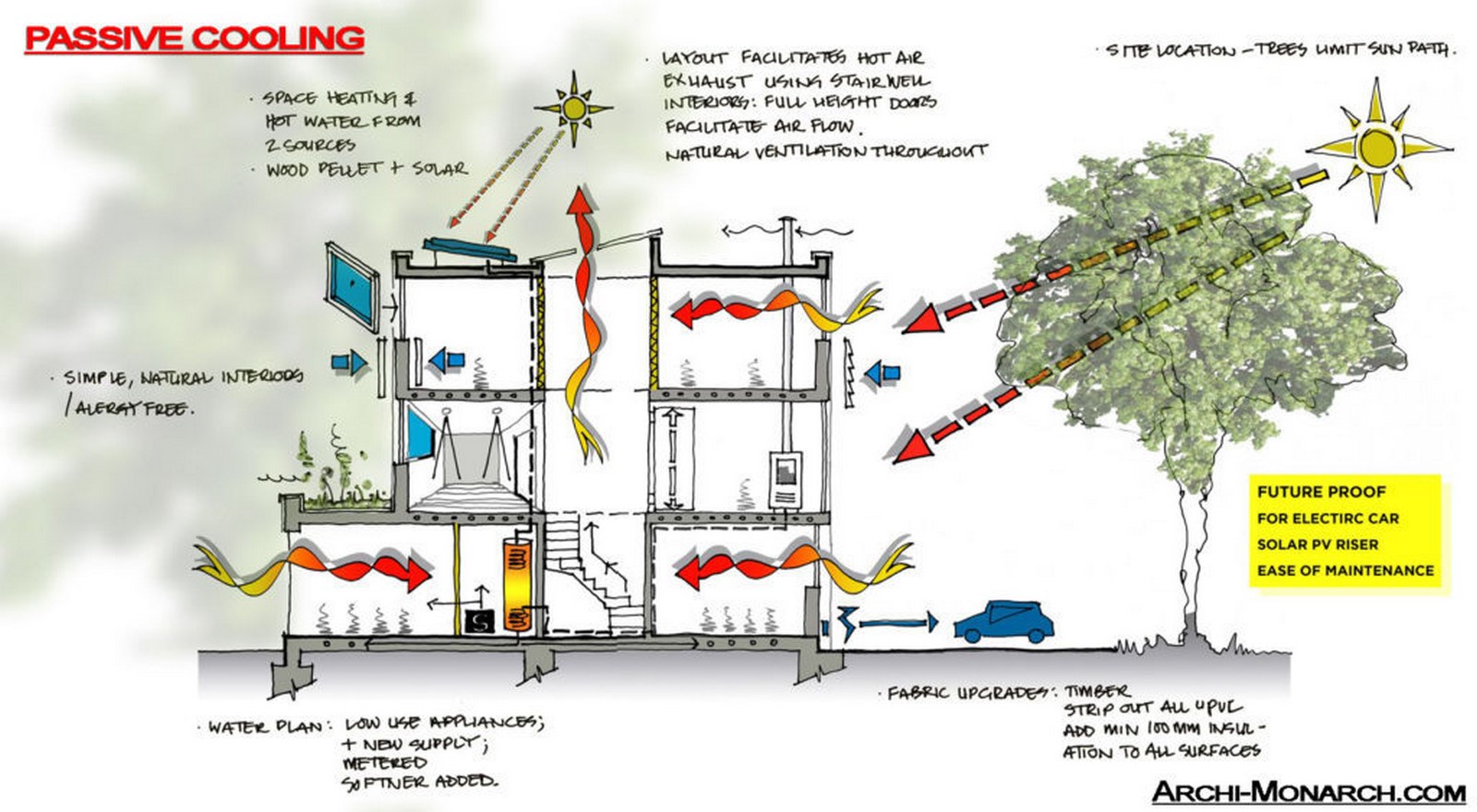


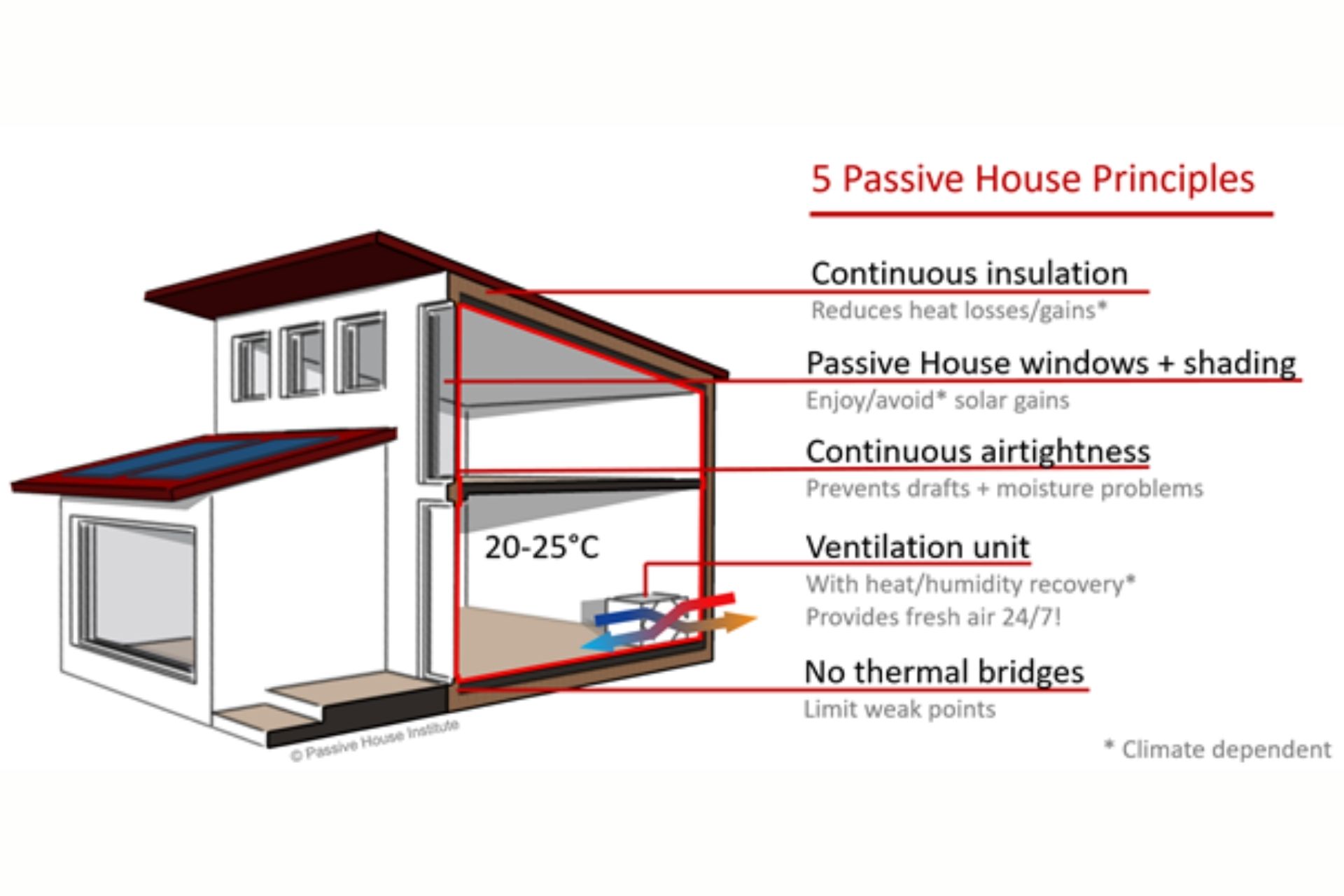

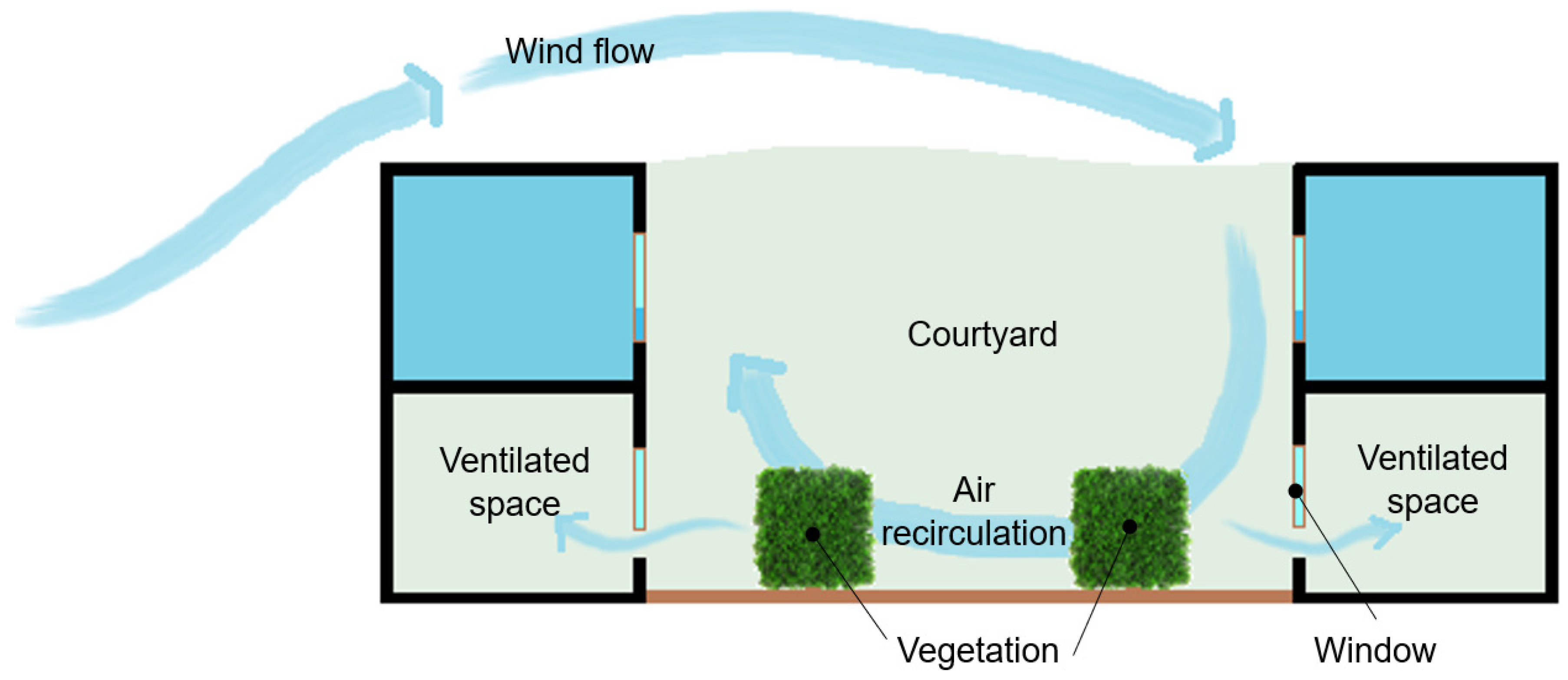

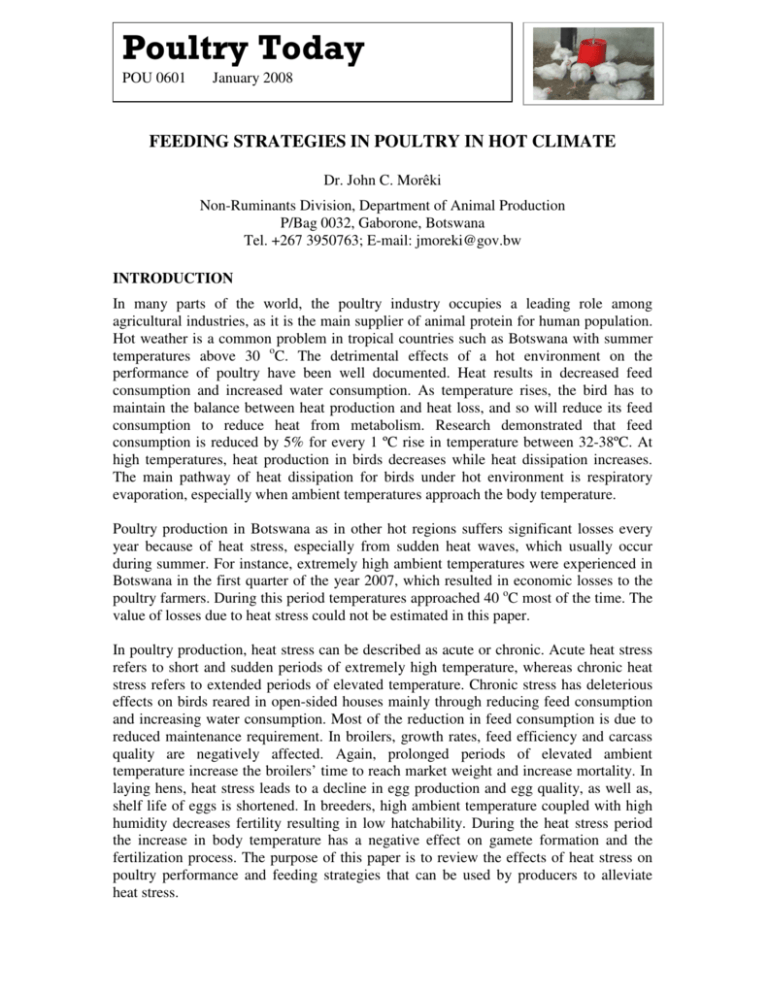



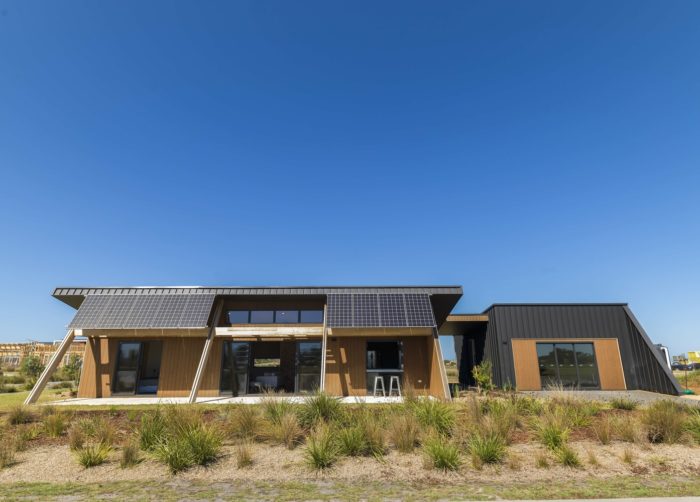

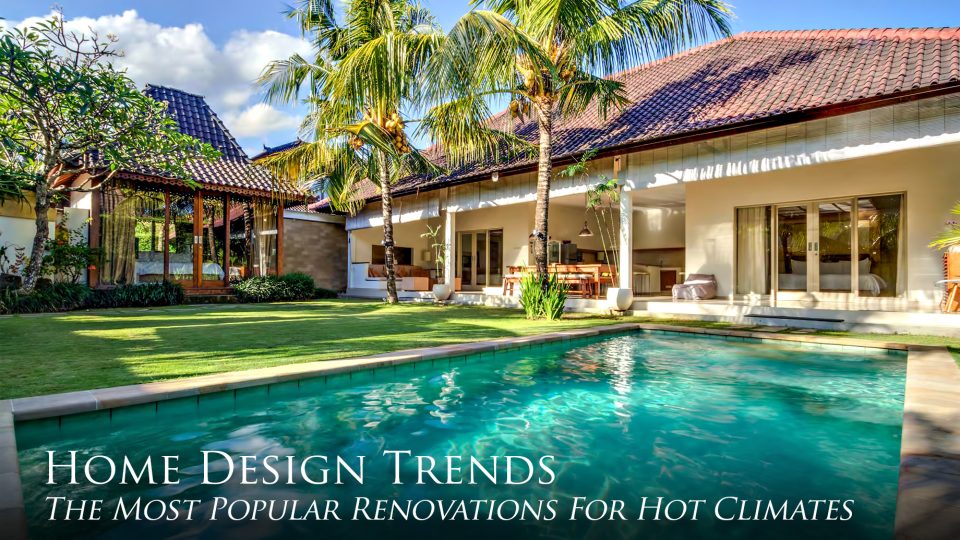
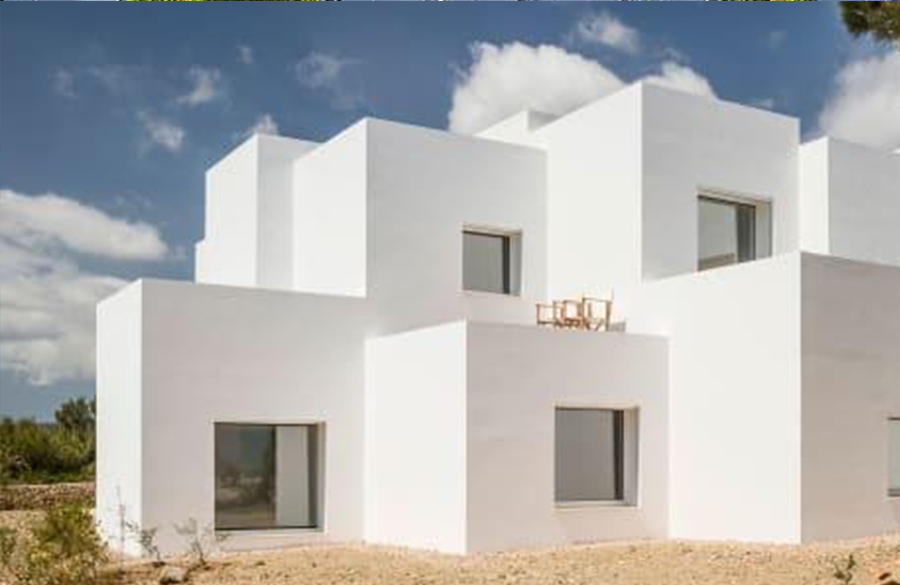
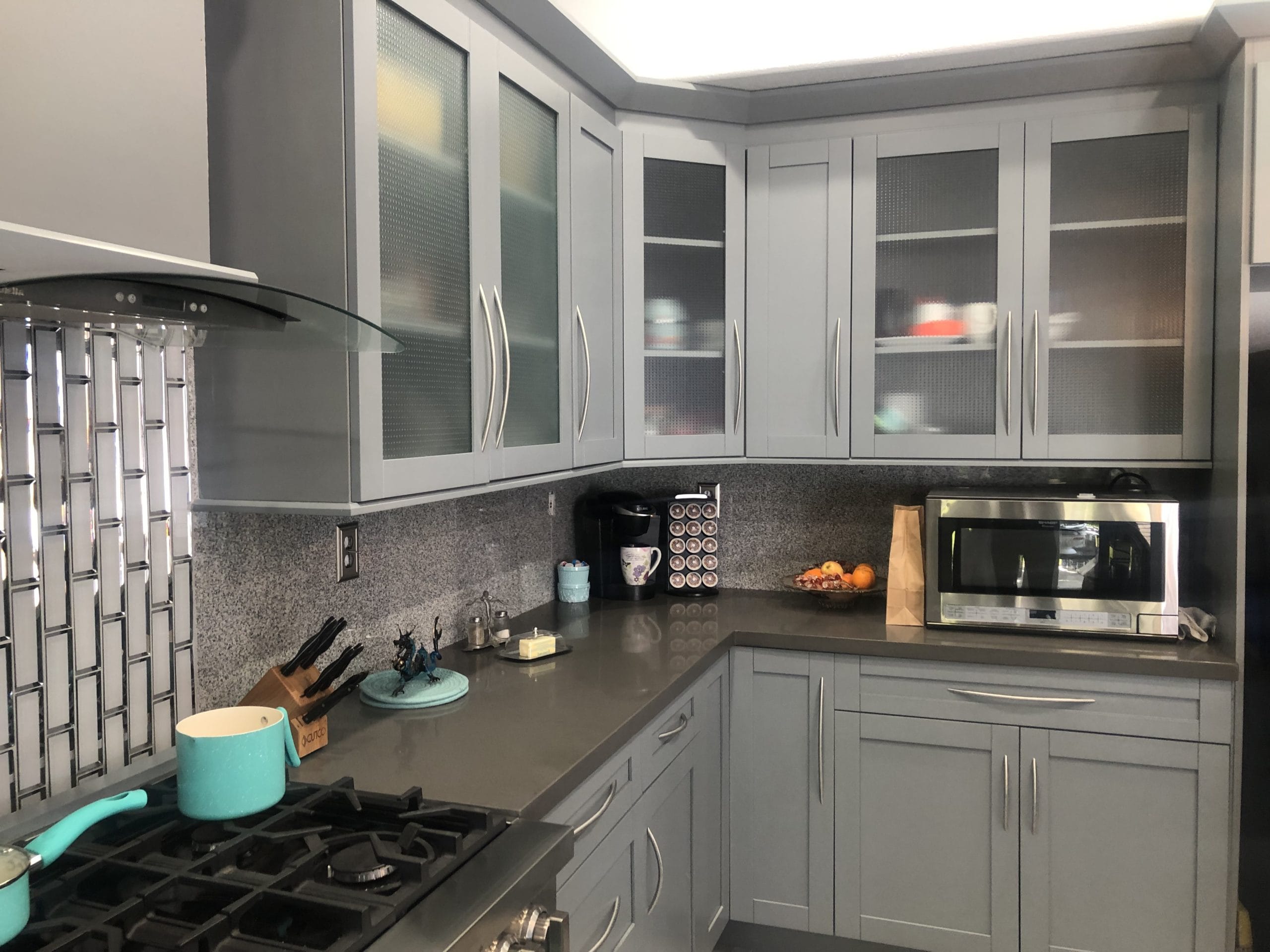


/2017_trends_1__3_of_6_-588a68355f9b5874ee24ef81.jpg)
